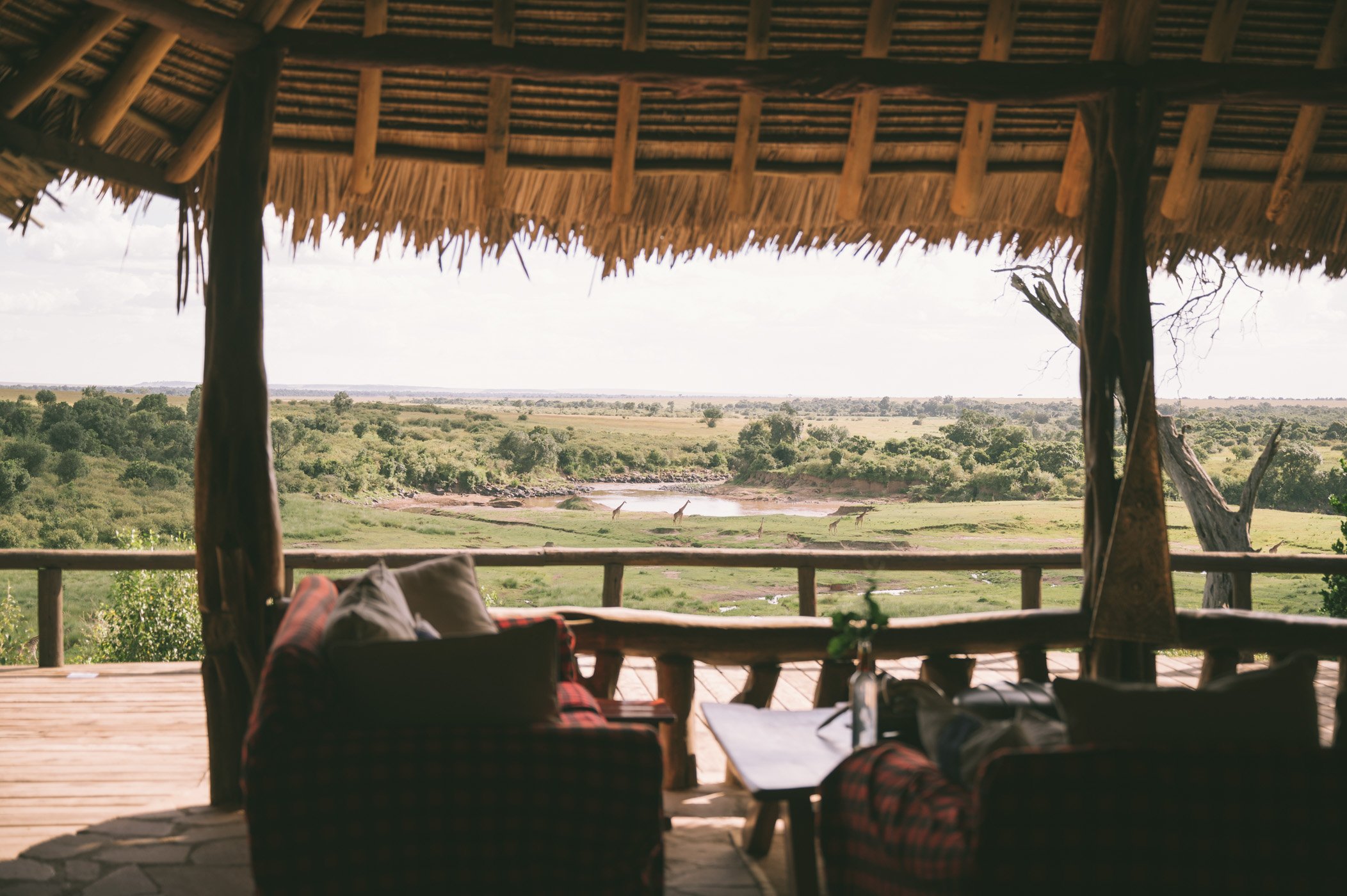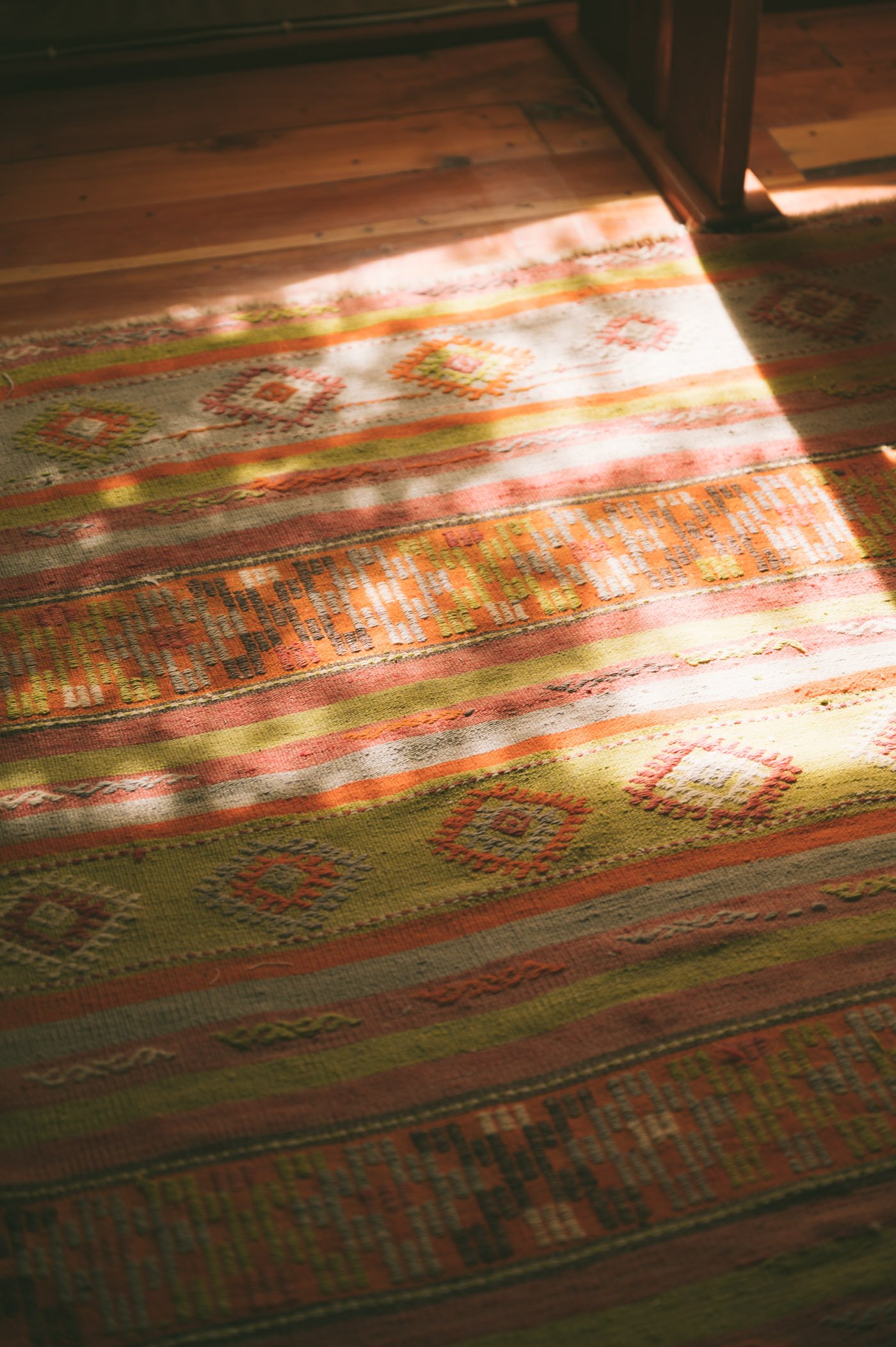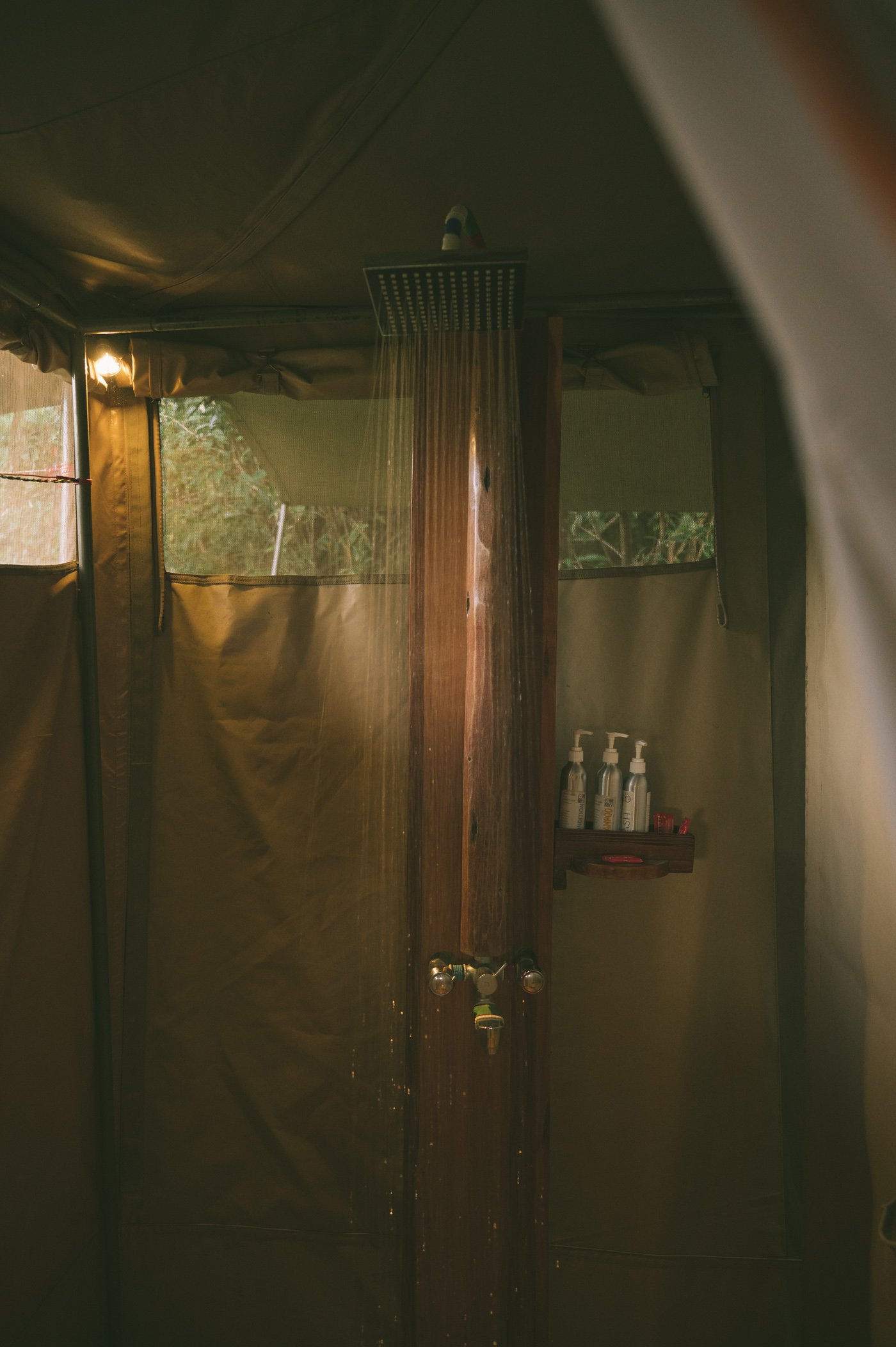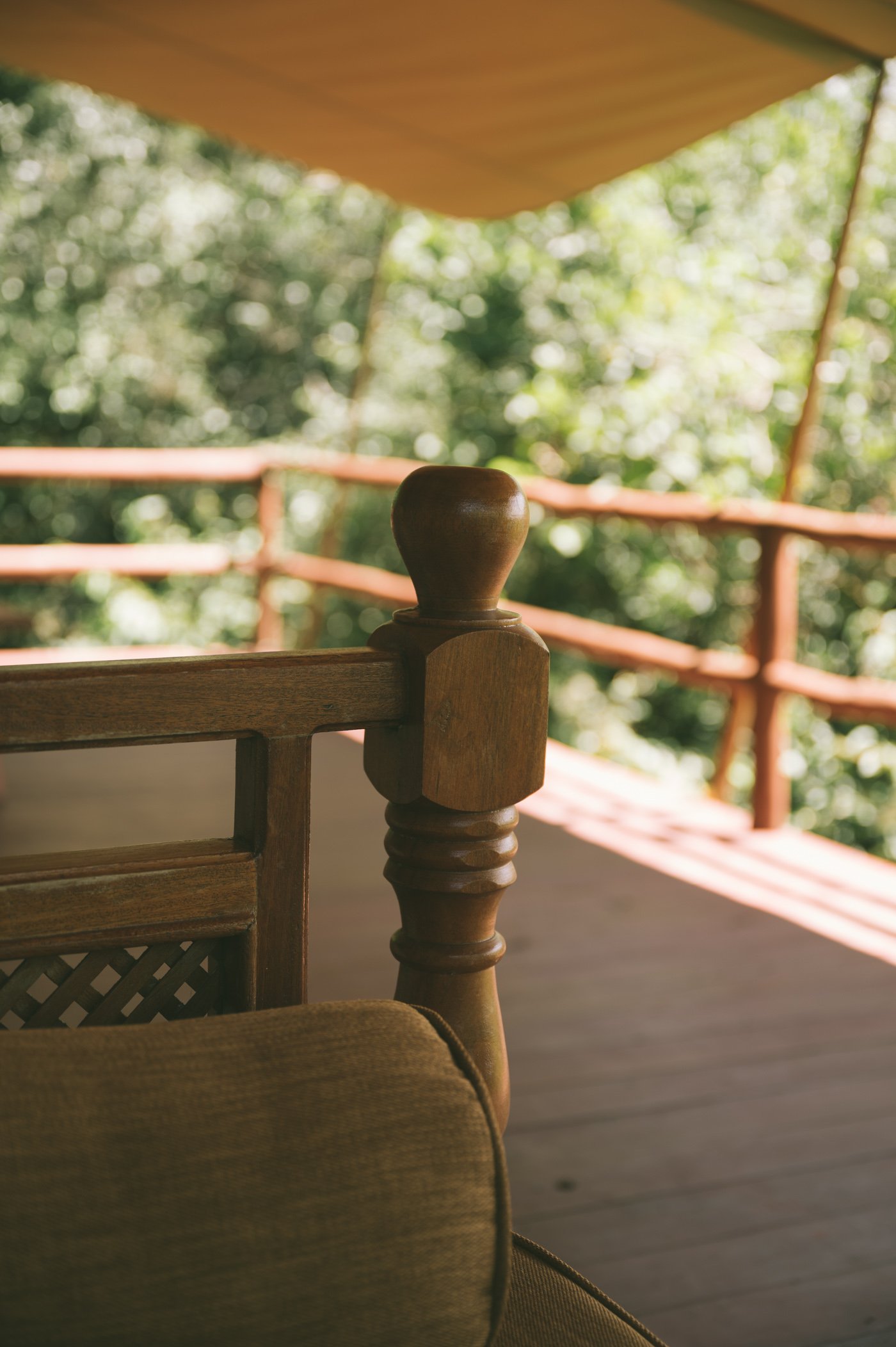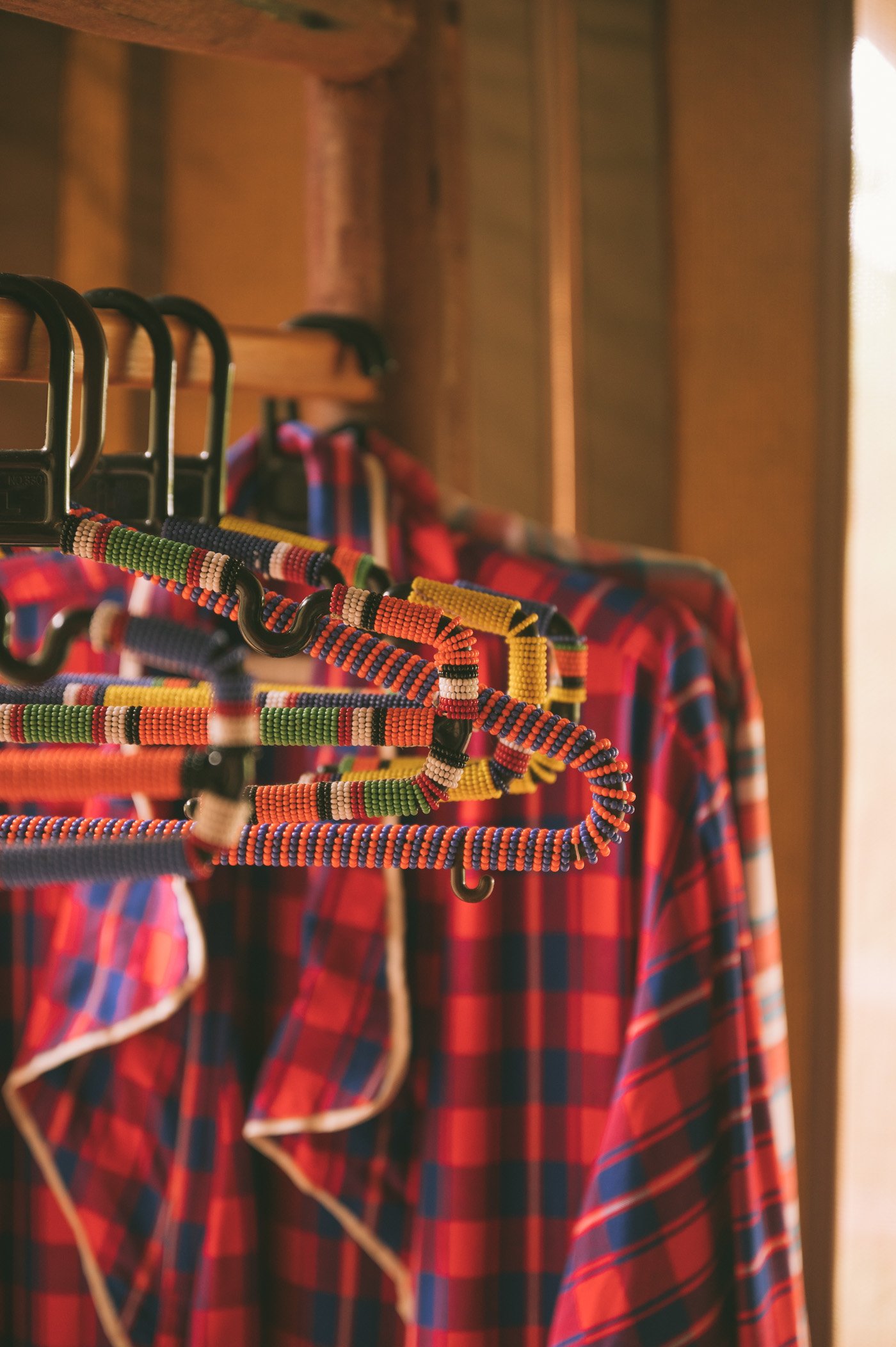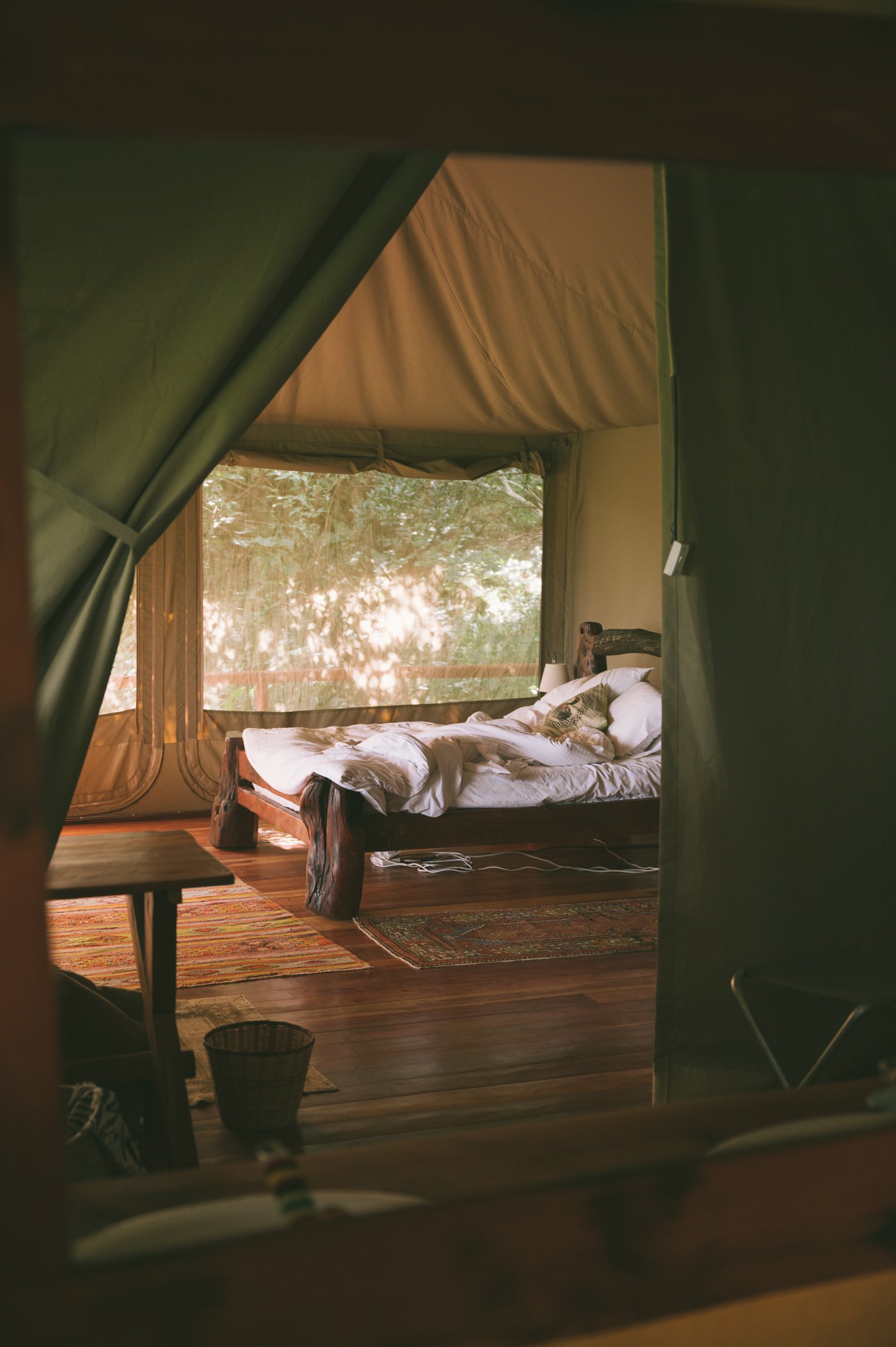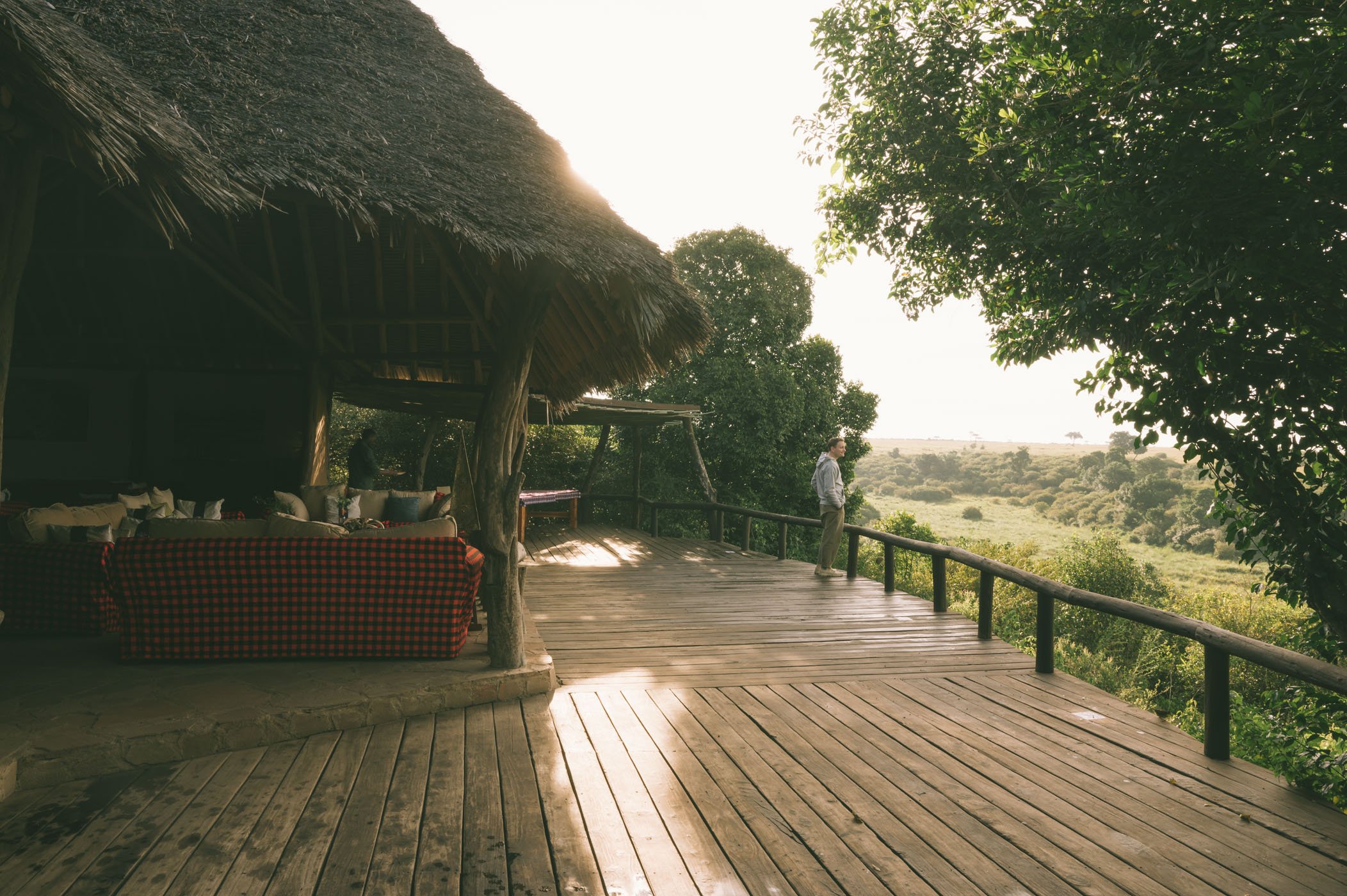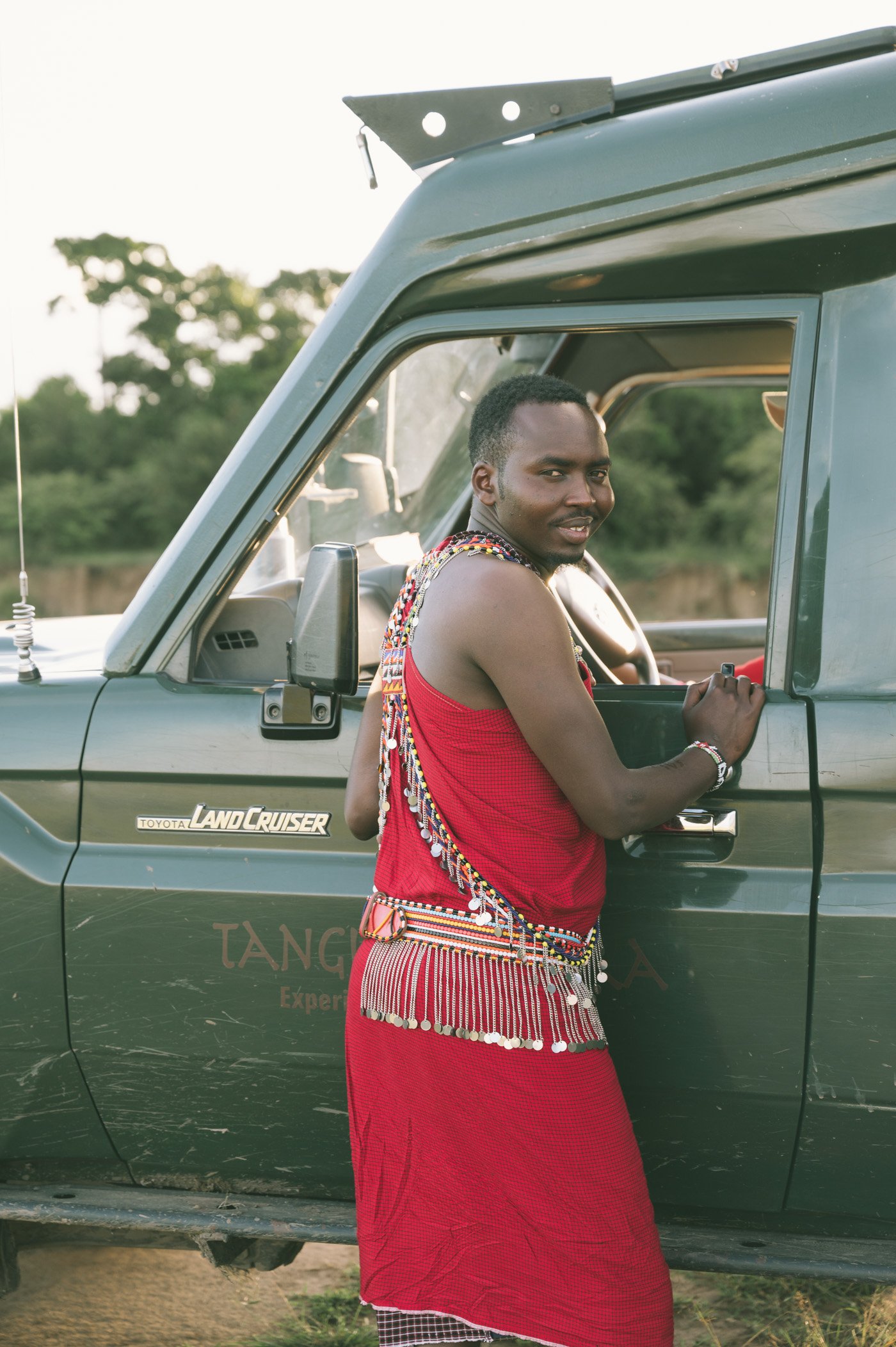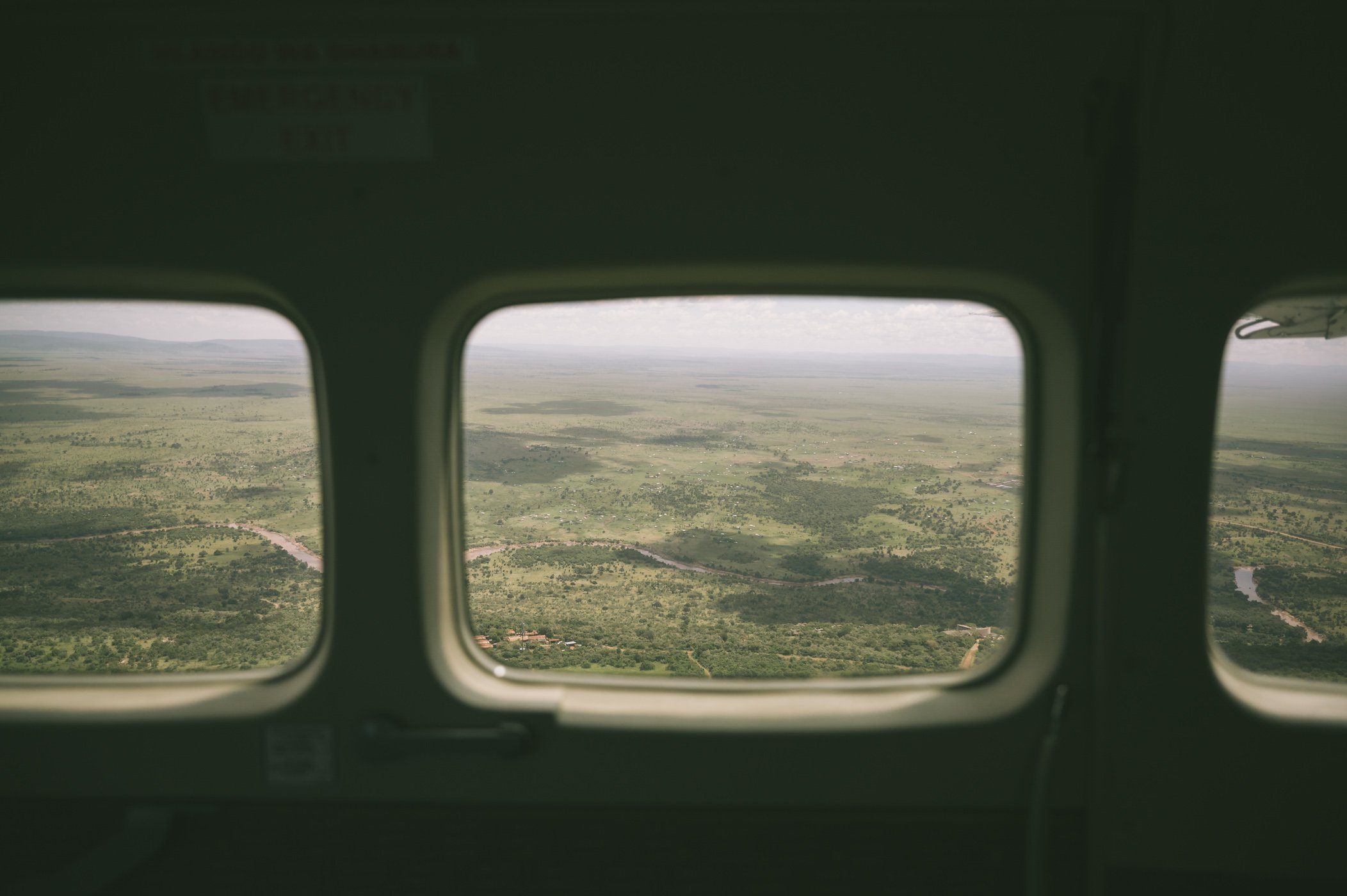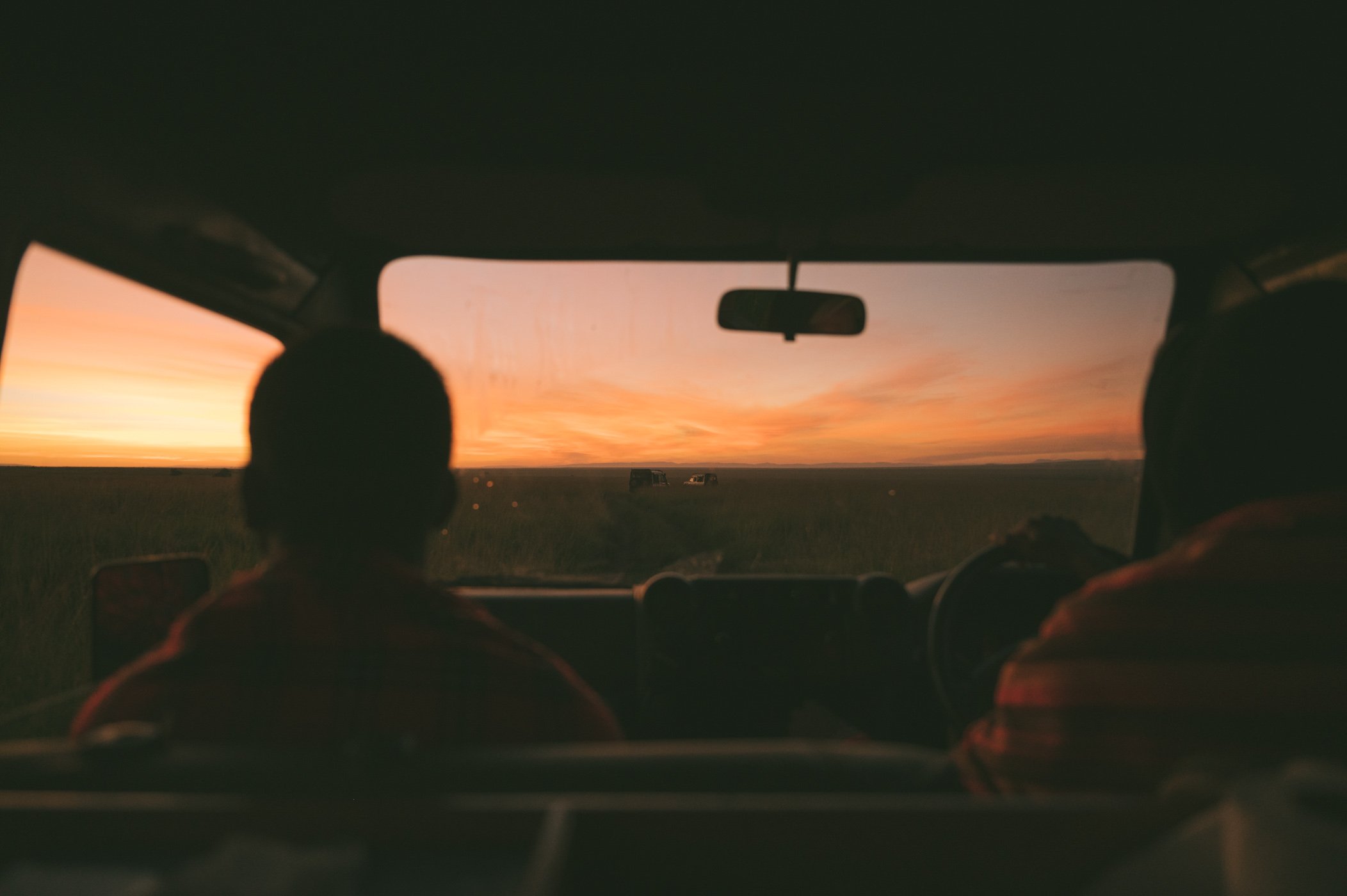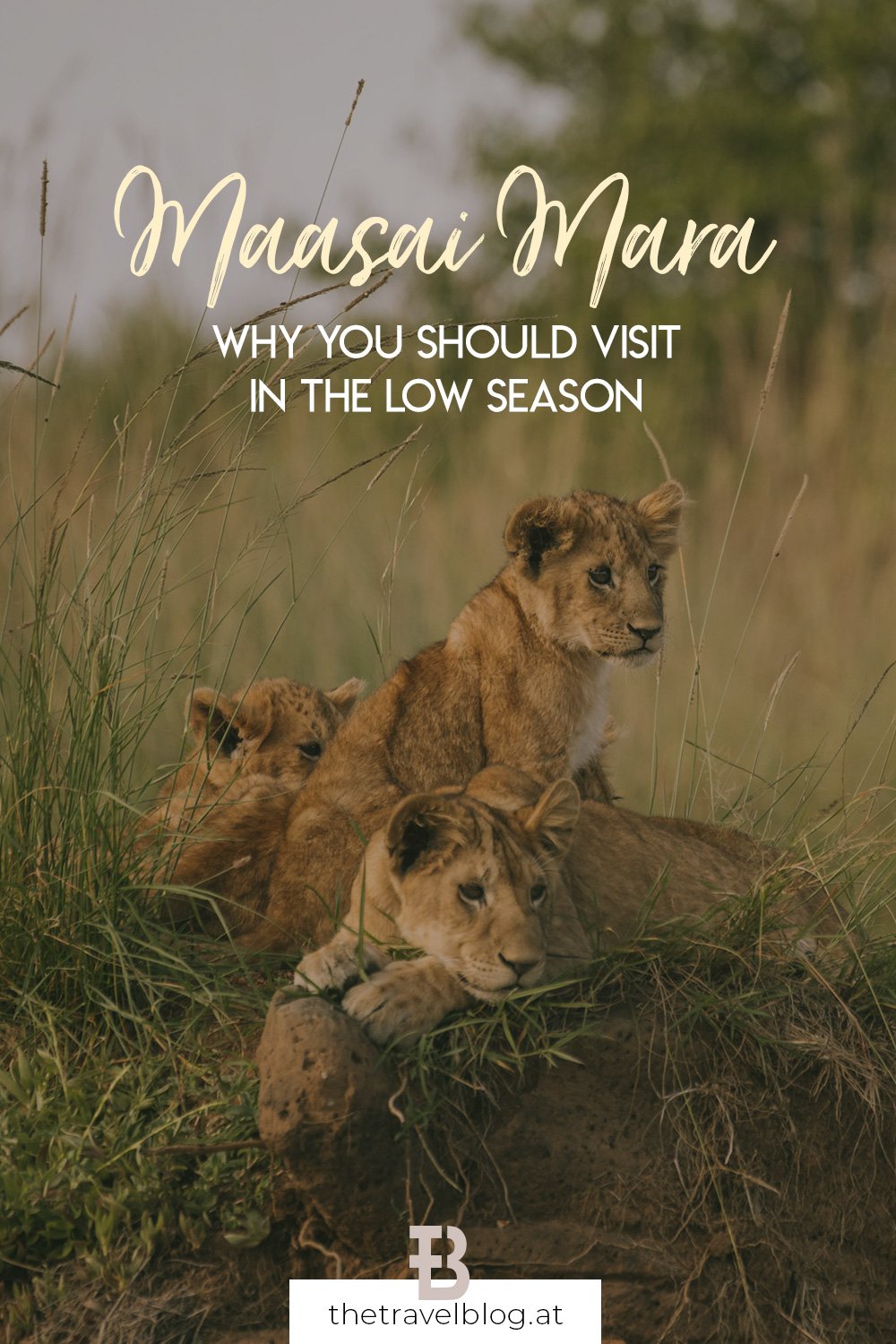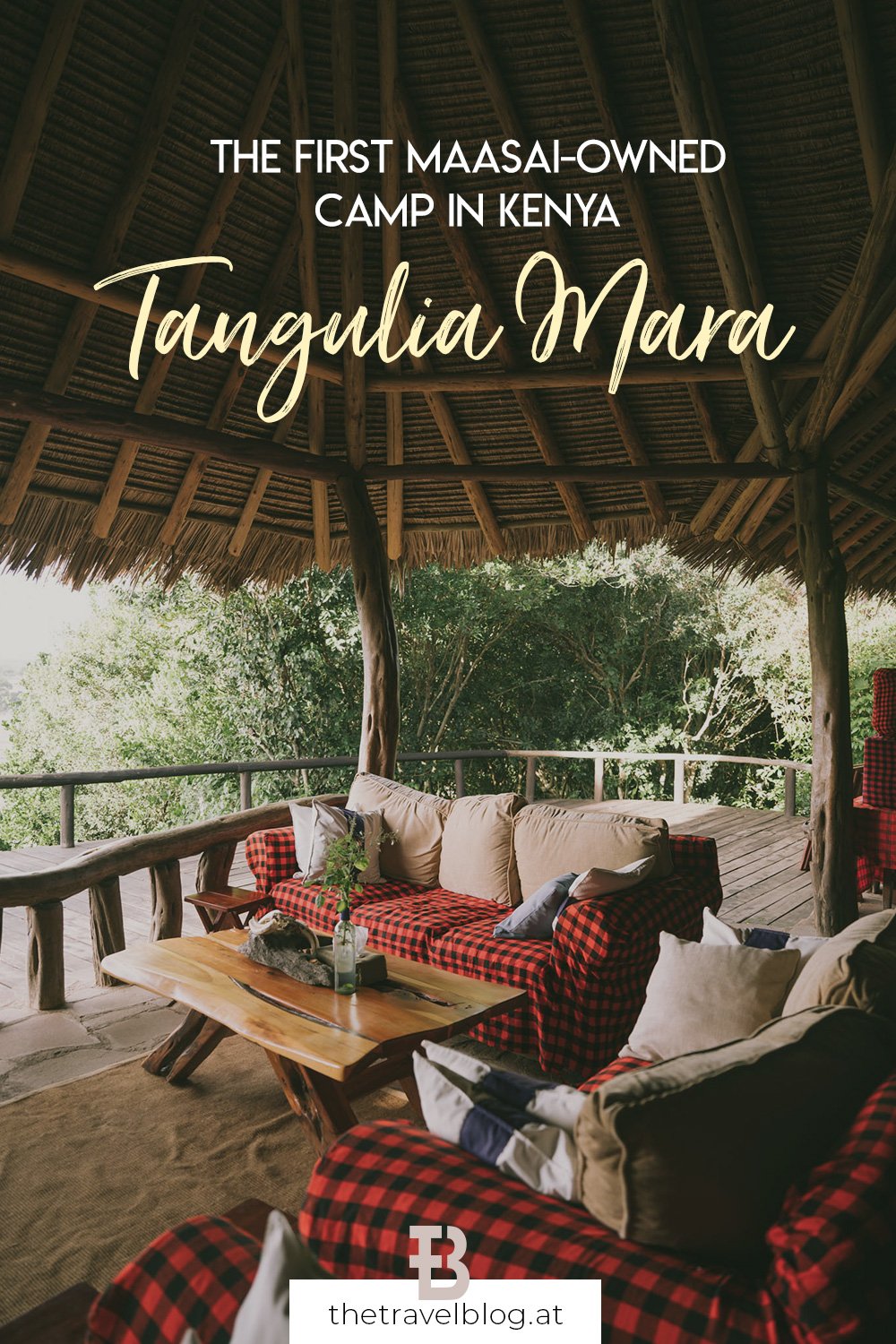After a couple of days in the North of Kenya at Lewa (more here) and Ol Malo (more here) we finally made our way down to the Maasai Mara. This National reserve is the most renowned part of Kenya when it comes to safaris. Usually visitors flock to this area between July and October – at the height of the annual great migration, when the plains are filled with millions and millions of wildebeest and other ungulates. We decided to do things a bit differently and visited in January, when the grass stands long and tall and the Mara gets more quiet & serene. Nonetheless we had wildlife encounters en masse – with leopards, cheetahs and tree-climbing lions we saw all the predators we were dreaming off.
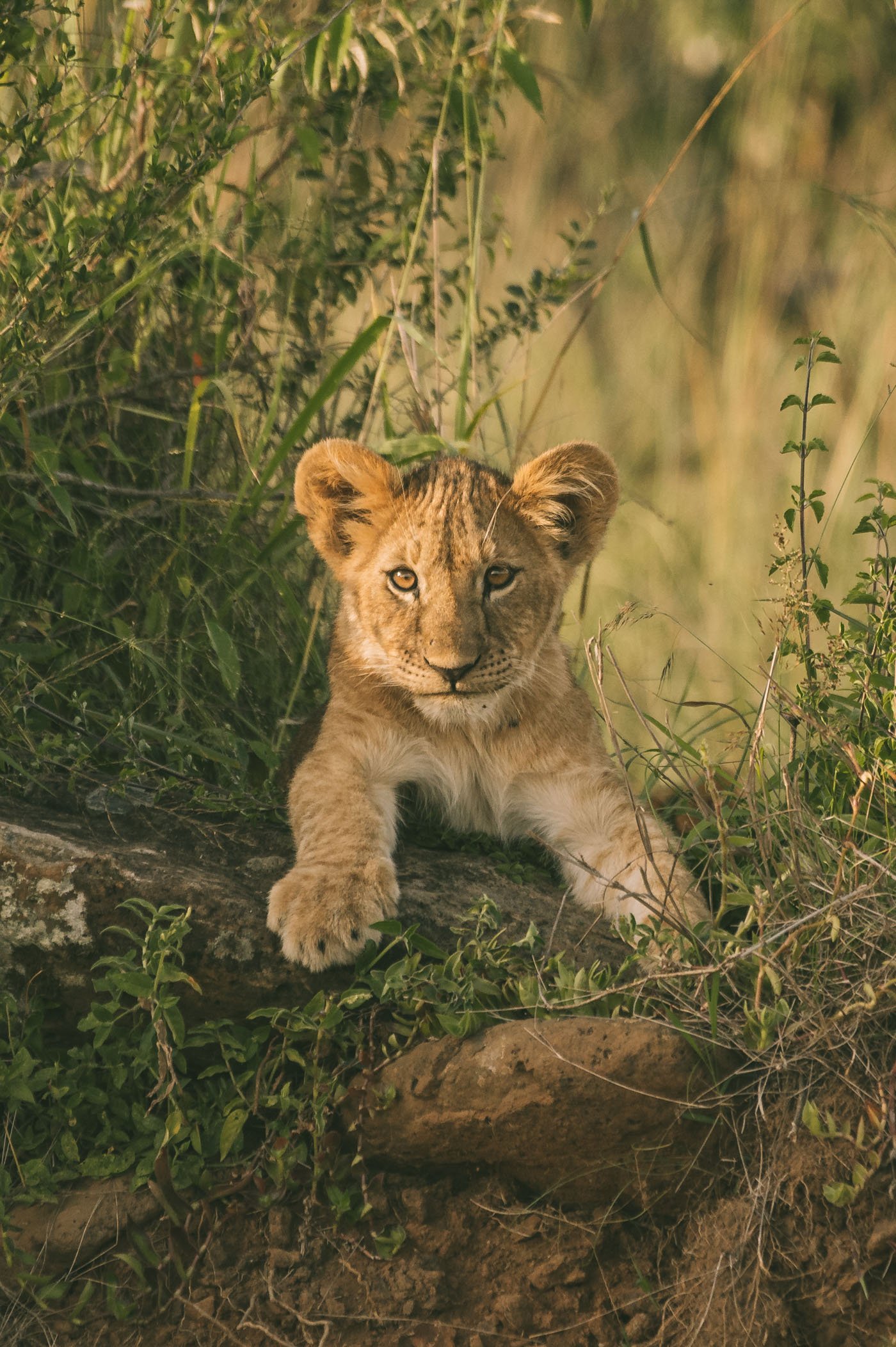
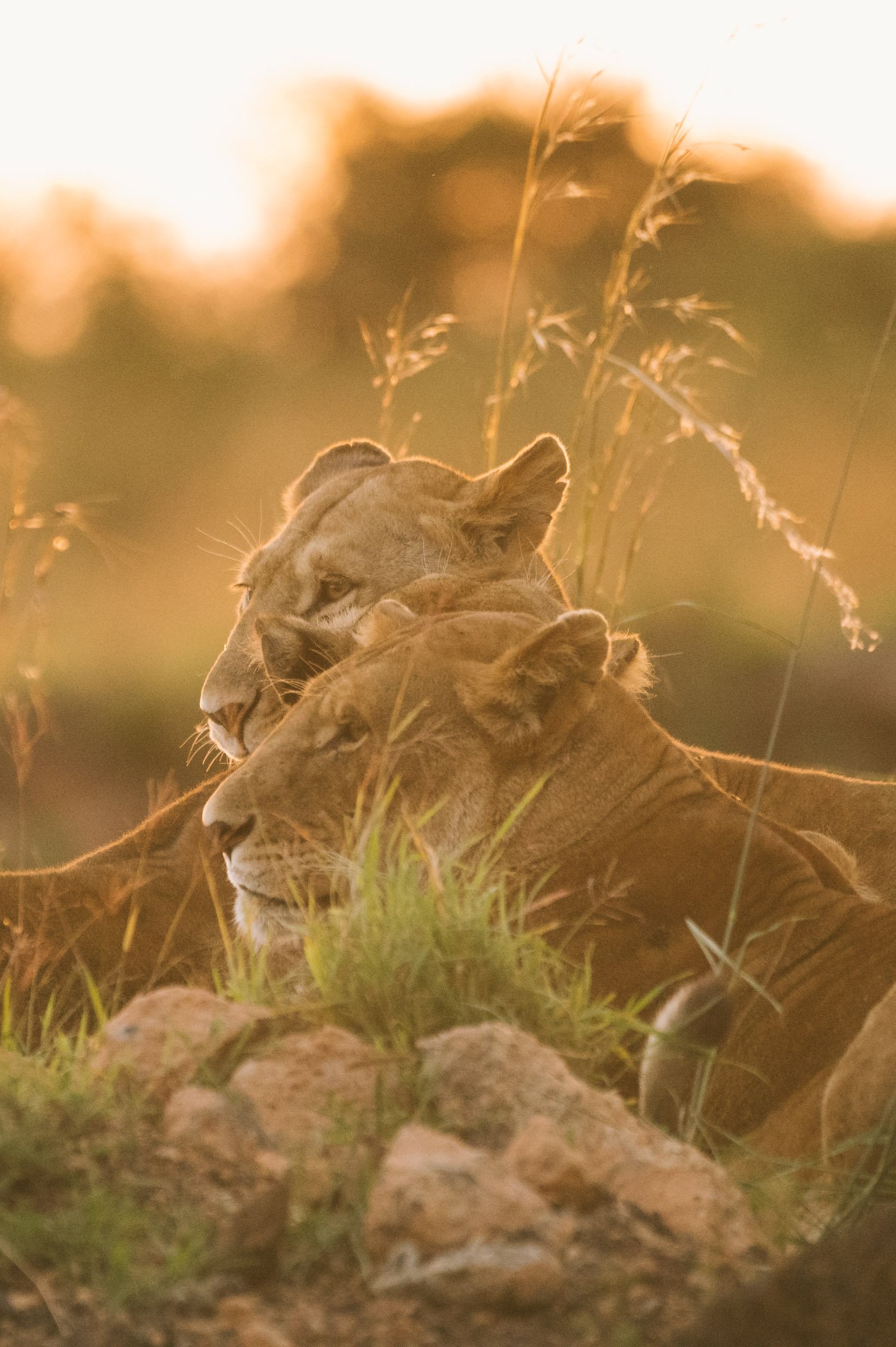
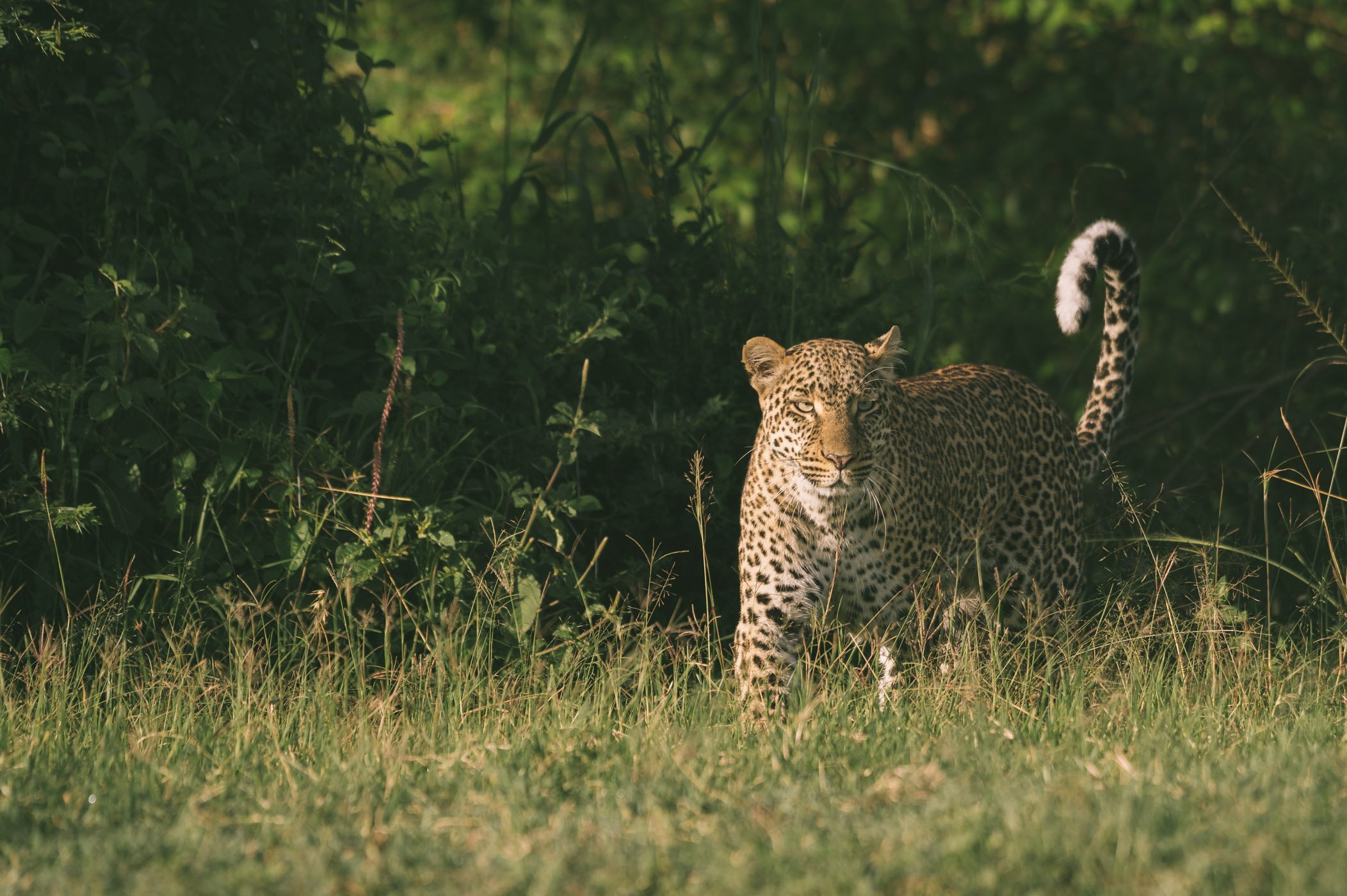 Even in the low season big cats can be found everywhere in the Maasai Mara.
Even in the low season big cats can be found everywhere in the Maasai Mara.
The effects of COVID-19 on the Maasai Mara
During the high season the Maasai Mara can become quite busy. It’s not uncommon to be surrounded by dozens of other vehicles at a sighting. But of course now things are a bit differently because of COVID-19. The 2020 great migration was one of the least visited migrations since decades. And the low season is even emptier than ever. In fact – we are the only guests at Tangulia Mara.
This will eventually change once the pandemic fades away and visitors return to Kenya.
But until then the lodges are fighting a battle. With sales having dropped since more than a year their savings are also slowly dwindling. The Maasai Mara is dominated by camps of large corporations and foreign investors. While those companies can absorb some of the shocks easier, the pandemic has hit local owner-run camps even harder.
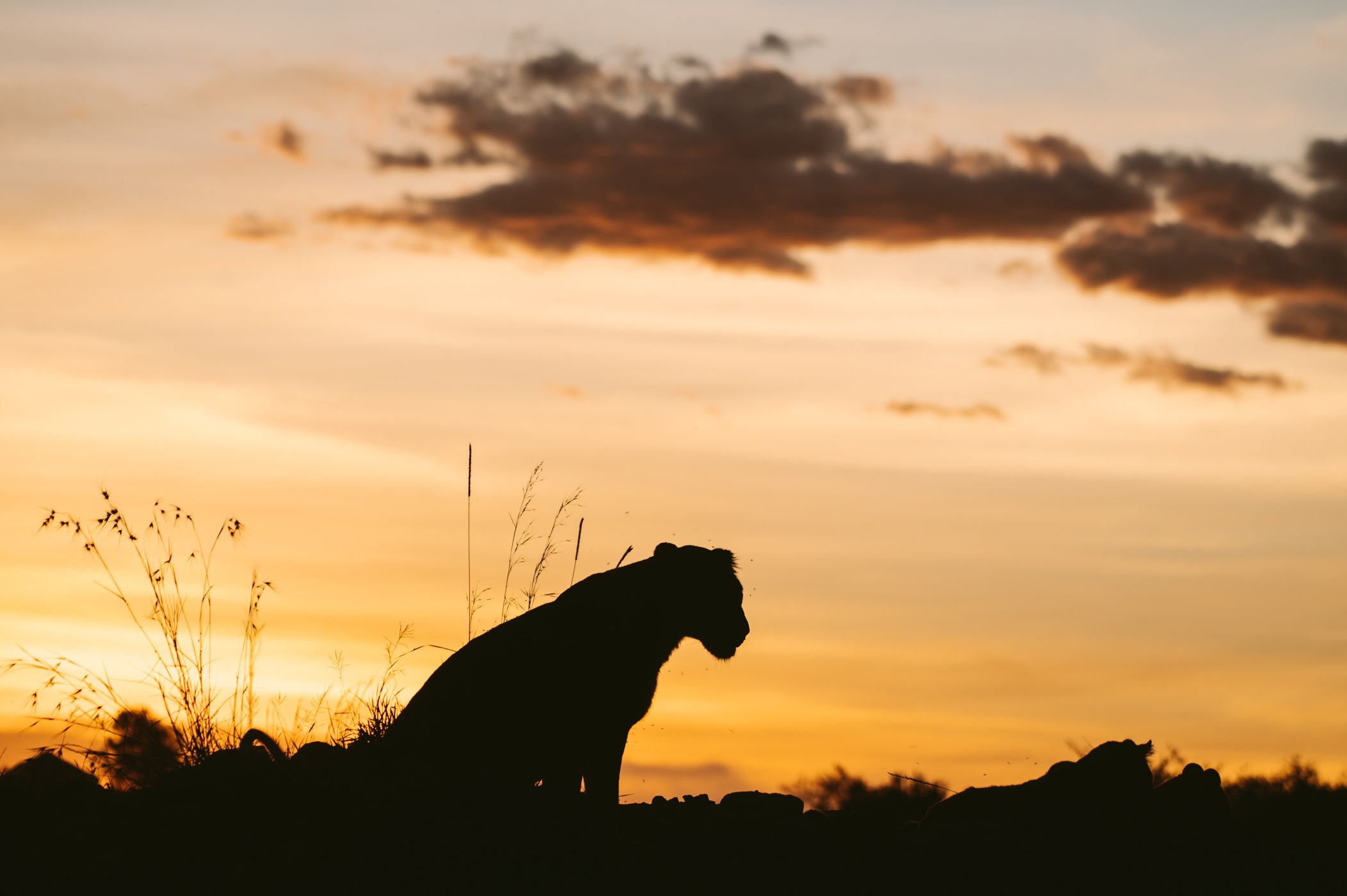 The guides tell us that the new generation of cubs isn’t accustomed to visitors as much as the ones before were – just because there’s so little of them now.
The guides tell us that the new generation of cubs isn’t accustomed to visitors as much as the ones before were – just because there’s so little of them now.
Support local: The first Maasai-owned lodge in Kenya
This is one of the reasons why we decided to stay at Tangulia Mara Camp, which is the first camp that is not just run by Maasai, but also owned by them! Jackson Looseyia came to fame by his appearance on BBC’s and Nat Geo’s Cat Diaries and is now one of the two Maasai co-owners of Tangulia Mara. He is not just a wealth of knowledge on two legs, but also anchors the camp within local culture and community. It’s thanks to him, that there’s still employment for many of the local communities, but 2021 will be crucial to come back and create return from the losses.
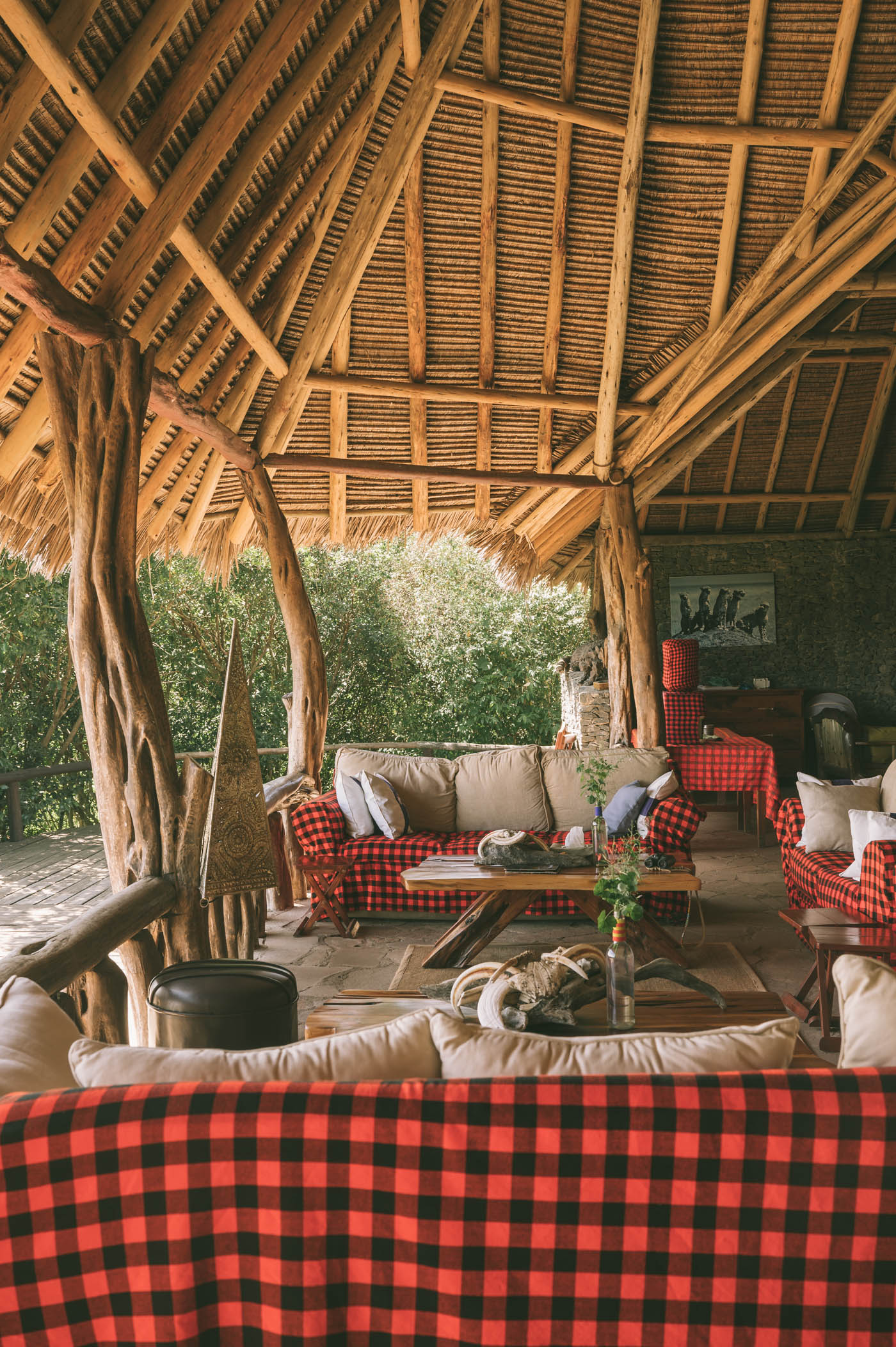
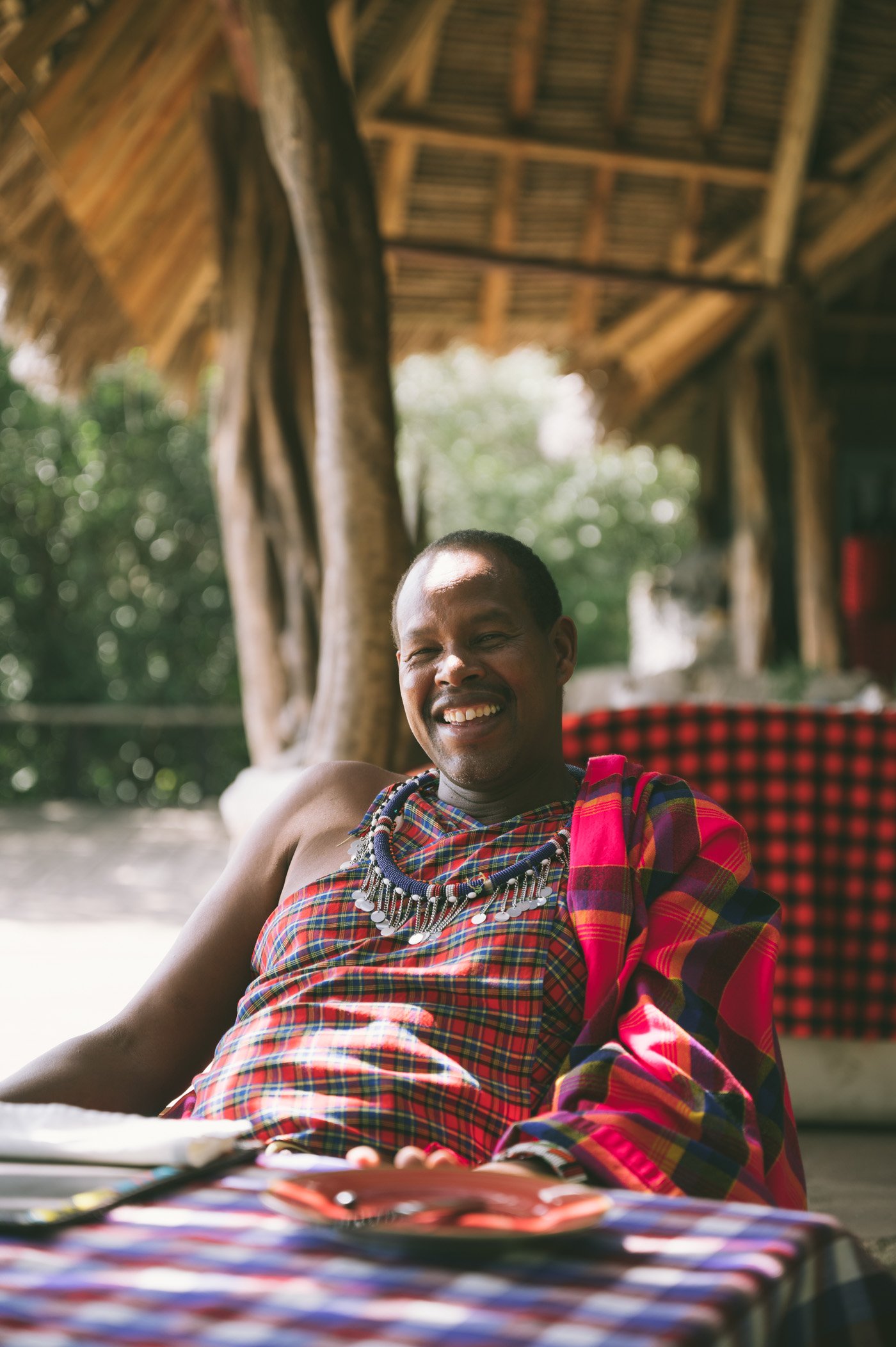
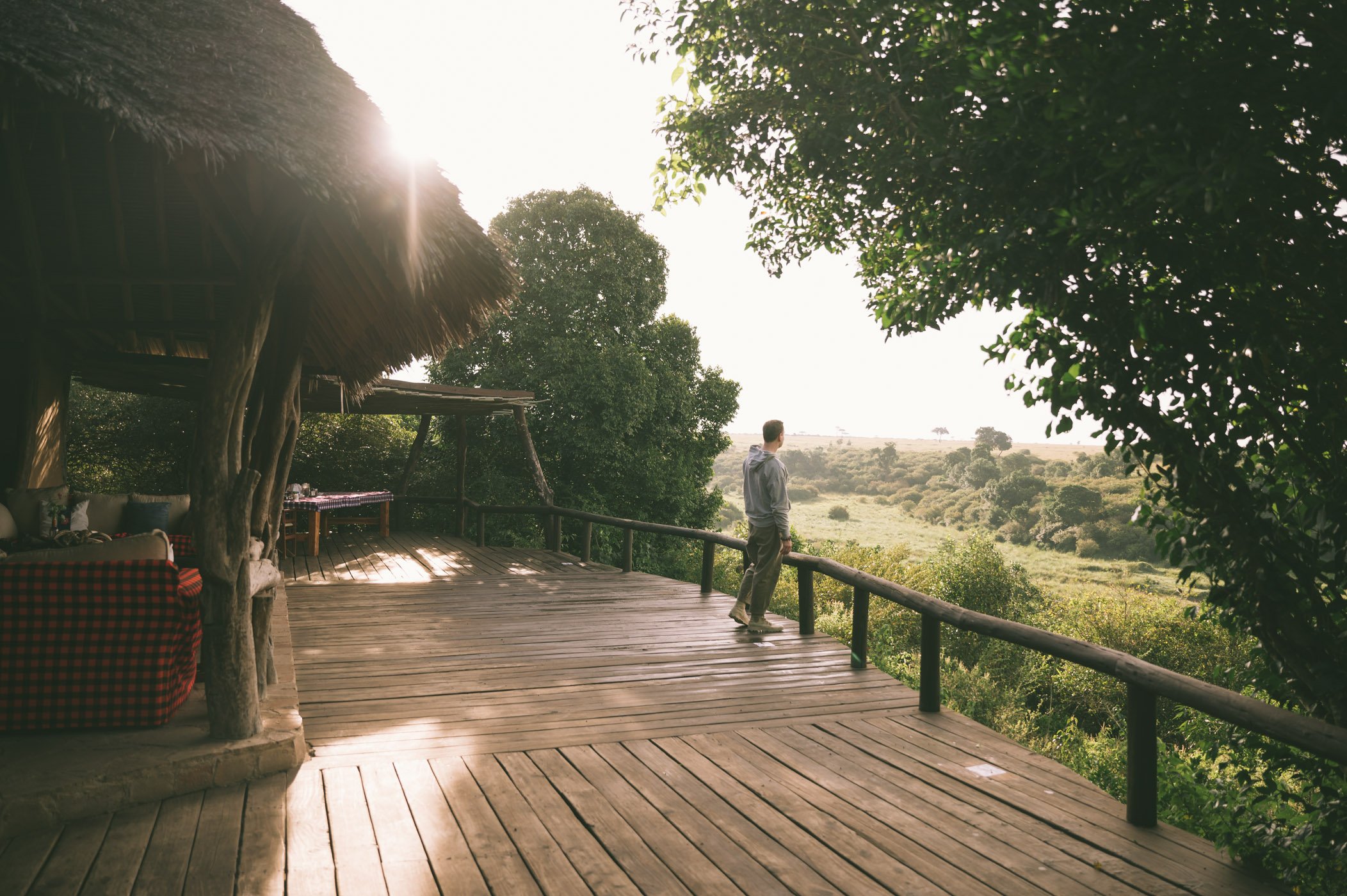 Tangulia Mara Camp is the first fully Maasai owned camp in Kenya.
Tangulia Mara Camp is the first fully Maasai owned camp in Kenya.
Service standards, food & other worries
Jackson takes a lot of time with us and sits down for lunch and dinner each day to talk with us. It’s an incredible honour to talk to someone who has such a deep understanding about the intricate network that tourism & conservation creates in the Maasai Mara. He also tells us some of the fears and worries he hears from potential clients. With a fully Maasai-run lodge tourists are weary about service standards or what kind of food they will get served. For this you need to understand that Maasai traditionally drink a lot of milk and blood and only eat meat and Ugali – which is a kind of polenta. Therefore people fear that the food will not meet their needs. Let us assure you – the food at Tangulia Mara is great, even for vegetarians like ourselves.
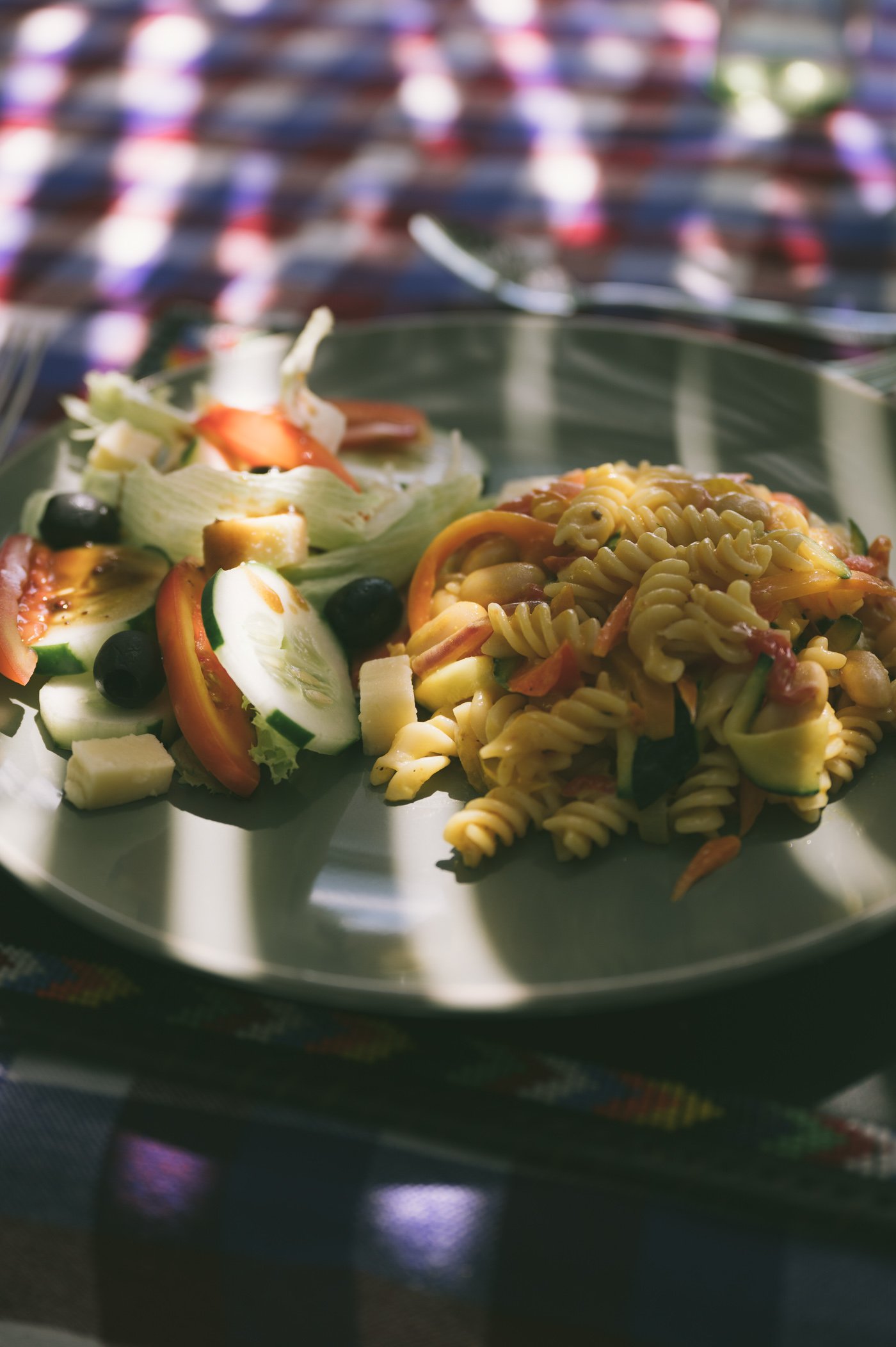
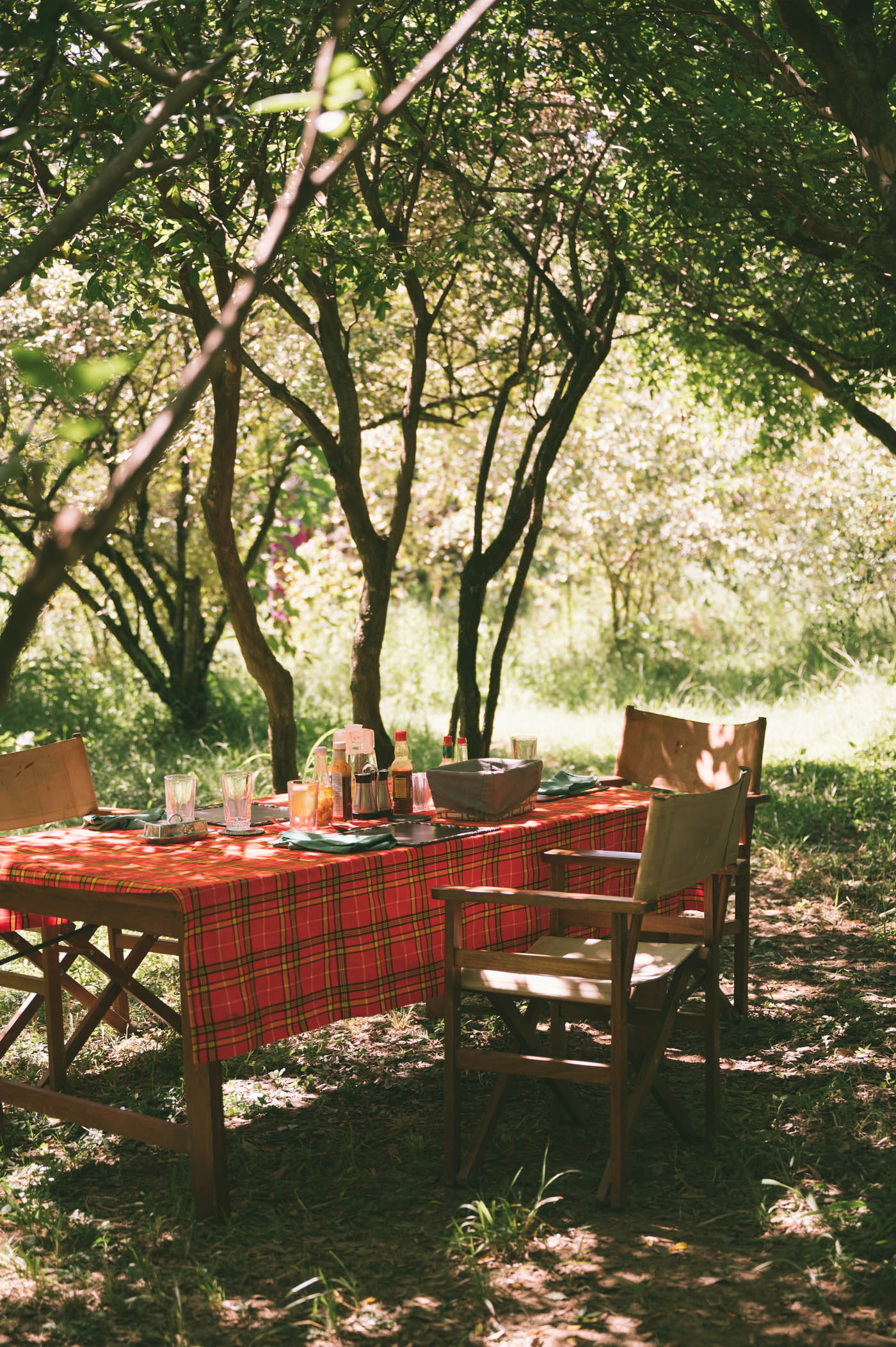
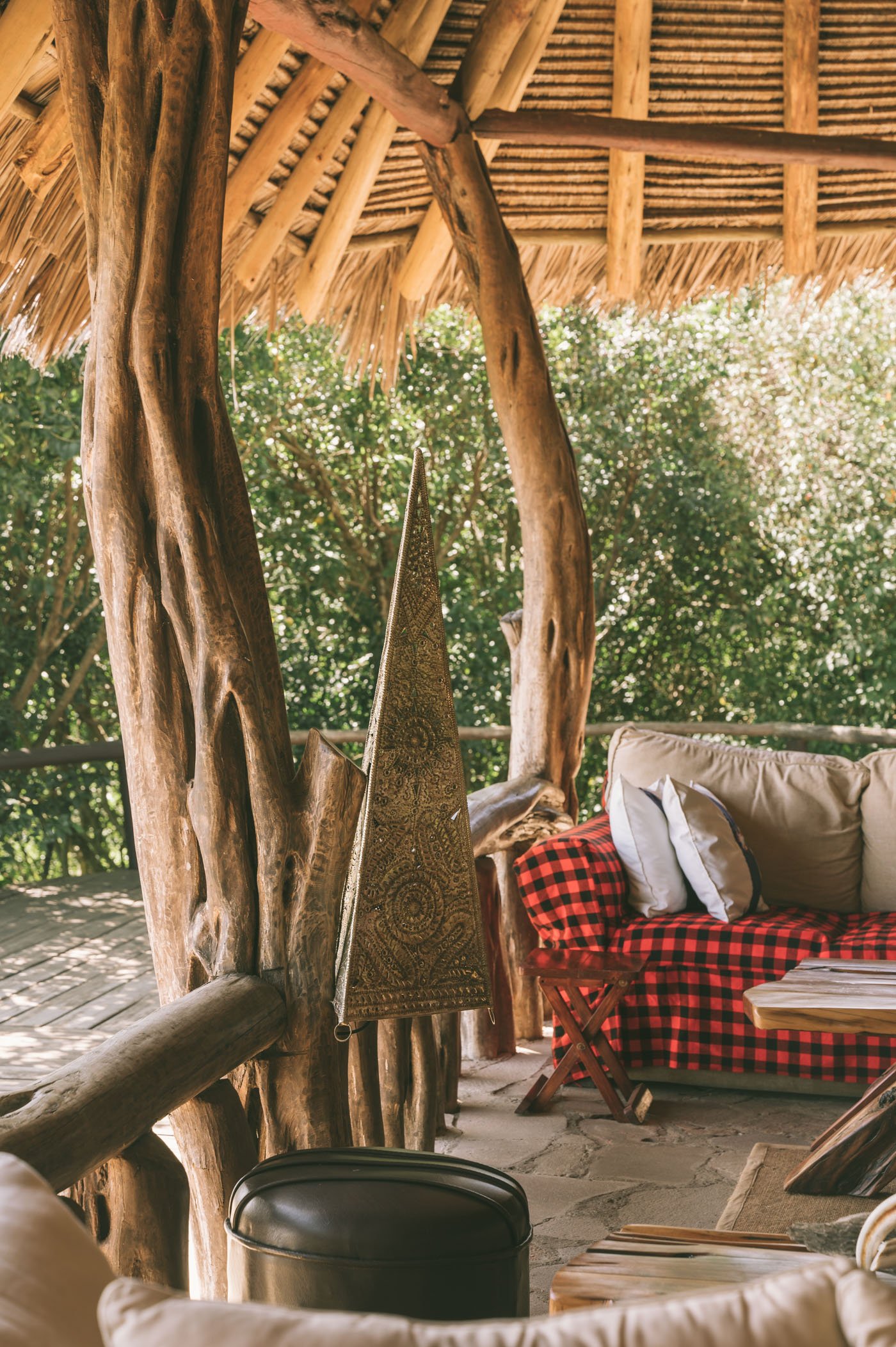
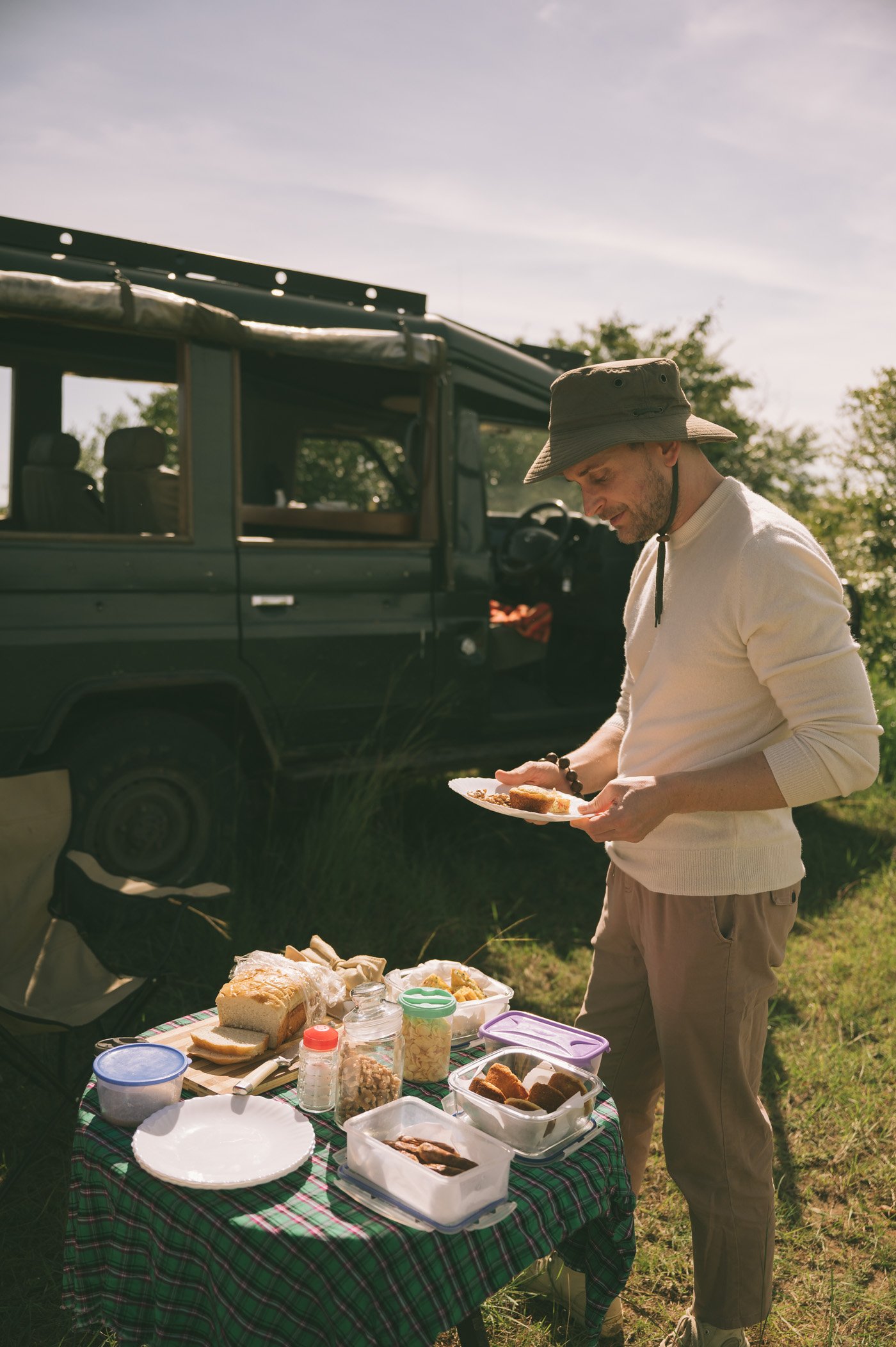
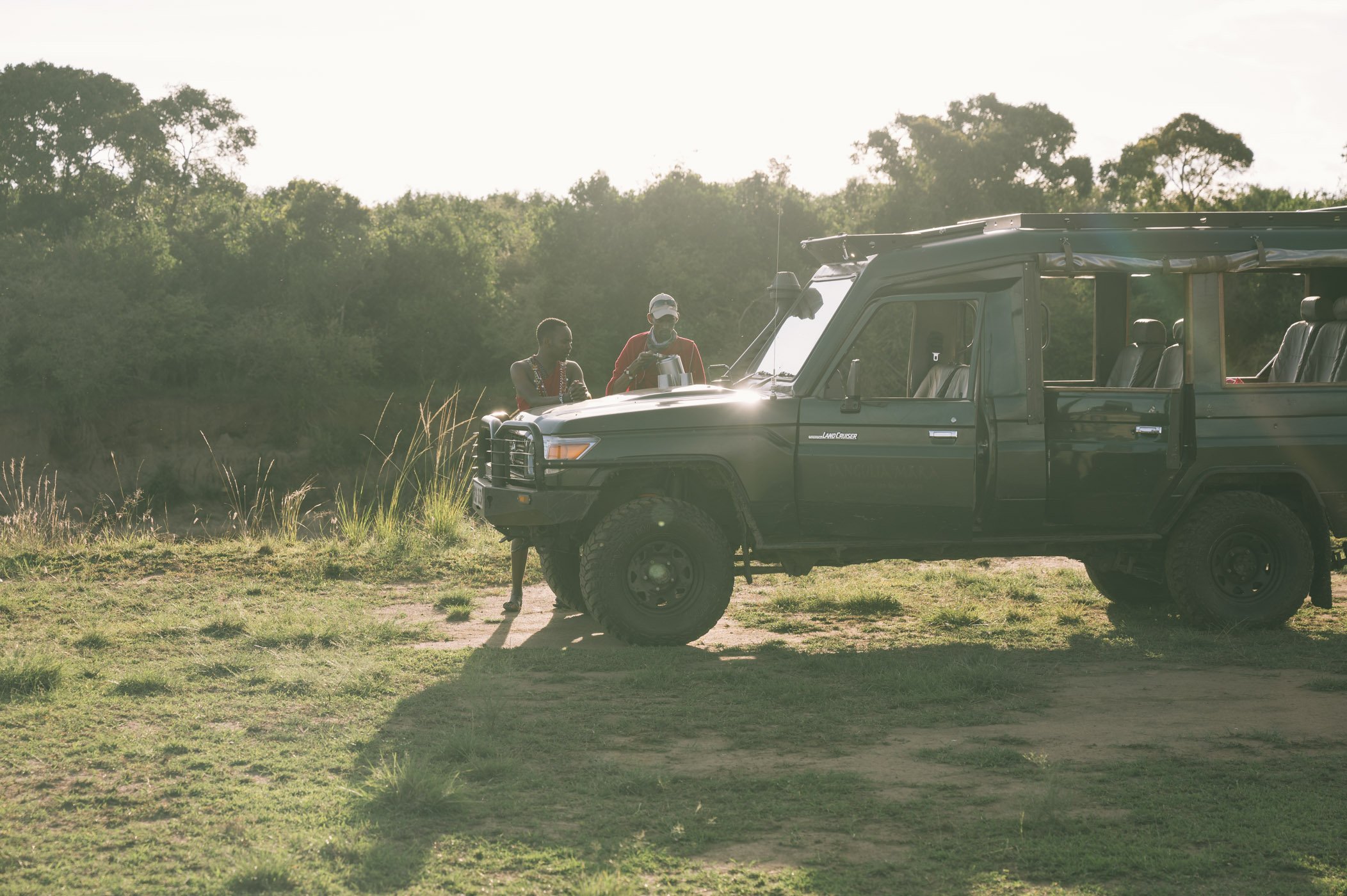 The service levels & food at Tangulia Mara are nothing to be worried about – from bush breakfast to lunch and sundowner – you’re well taken care of.
The service levels & food at Tangulia Mara are nothing to be worried about – from bush breakfast to lunch and sundowner – you’re well taken care of.
When to visit the Maasai Mara: The low season
We arrive at Tangulia Mara at the end of January, which is the low season, but usually a month with dry and sunny weather here. 2021 things were a bit different and although the December rains were less profound than usually, they extended well into January. We are lucky as we brought the sunshine, but the roads in the National Reserve are partially covered in deep muddy holes and ridges. Sometimes our game drives feel a bit like adventurous off-piste rallies – yet, it’s actually a lot of fun 😉
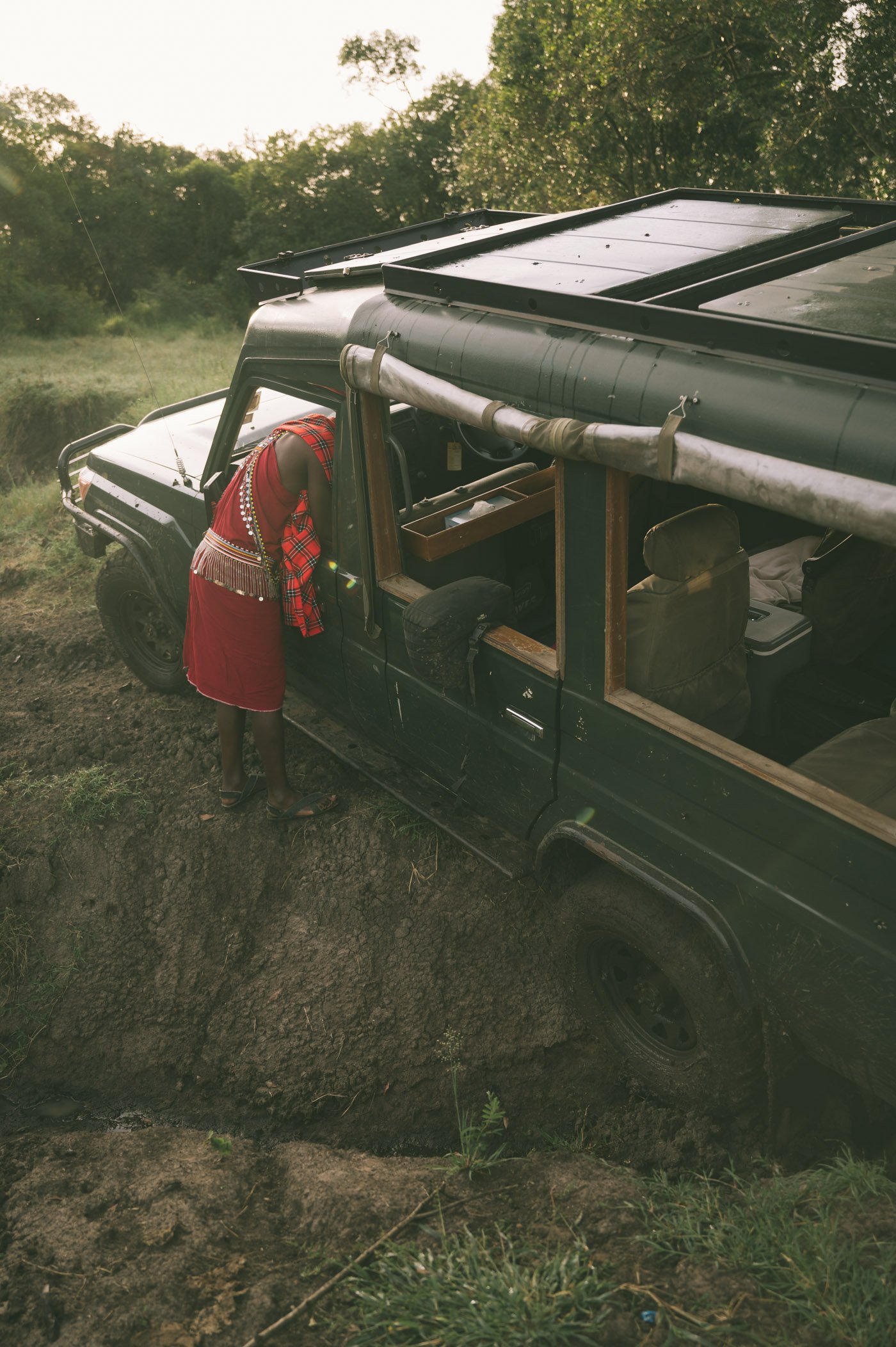
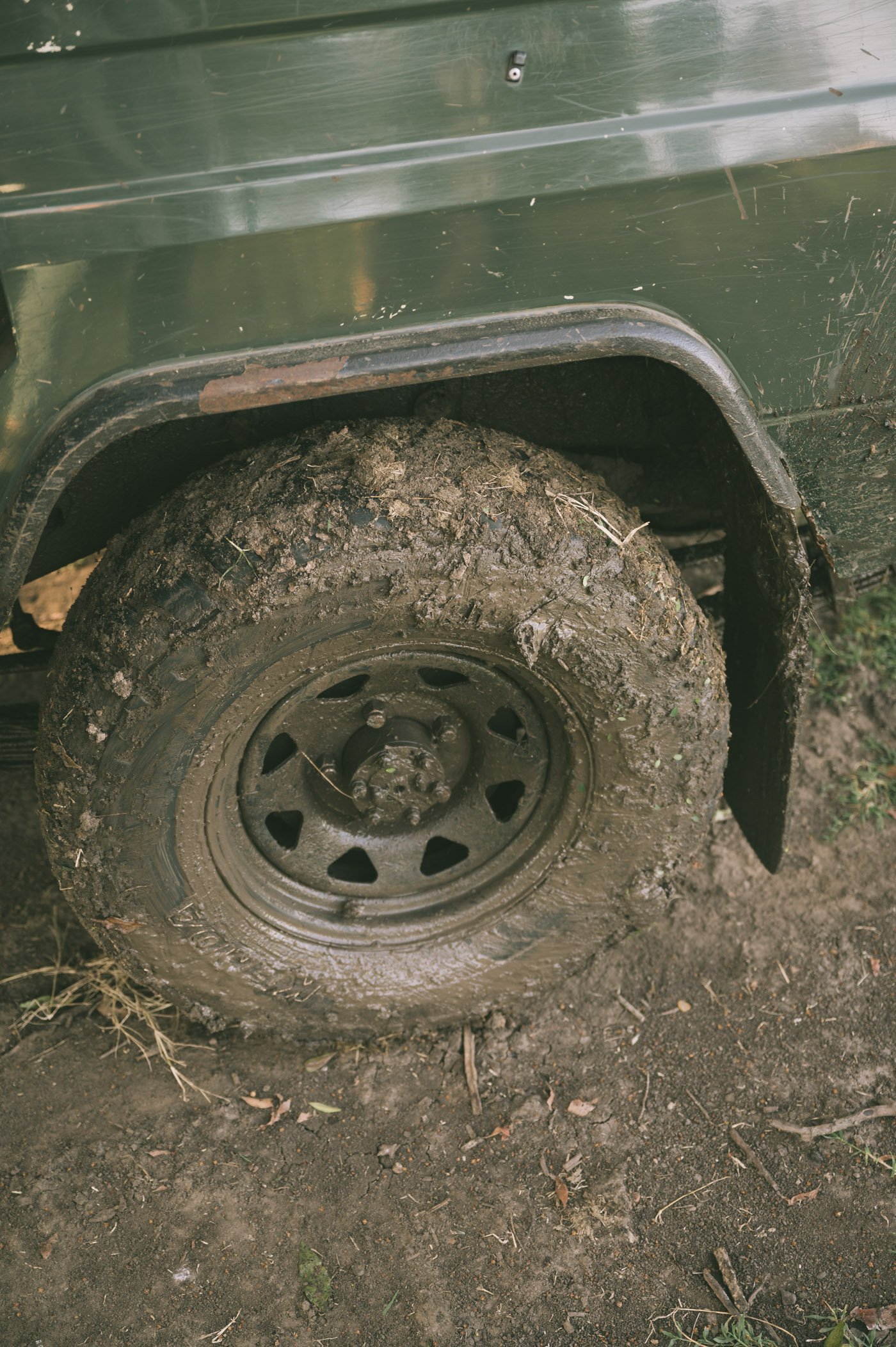
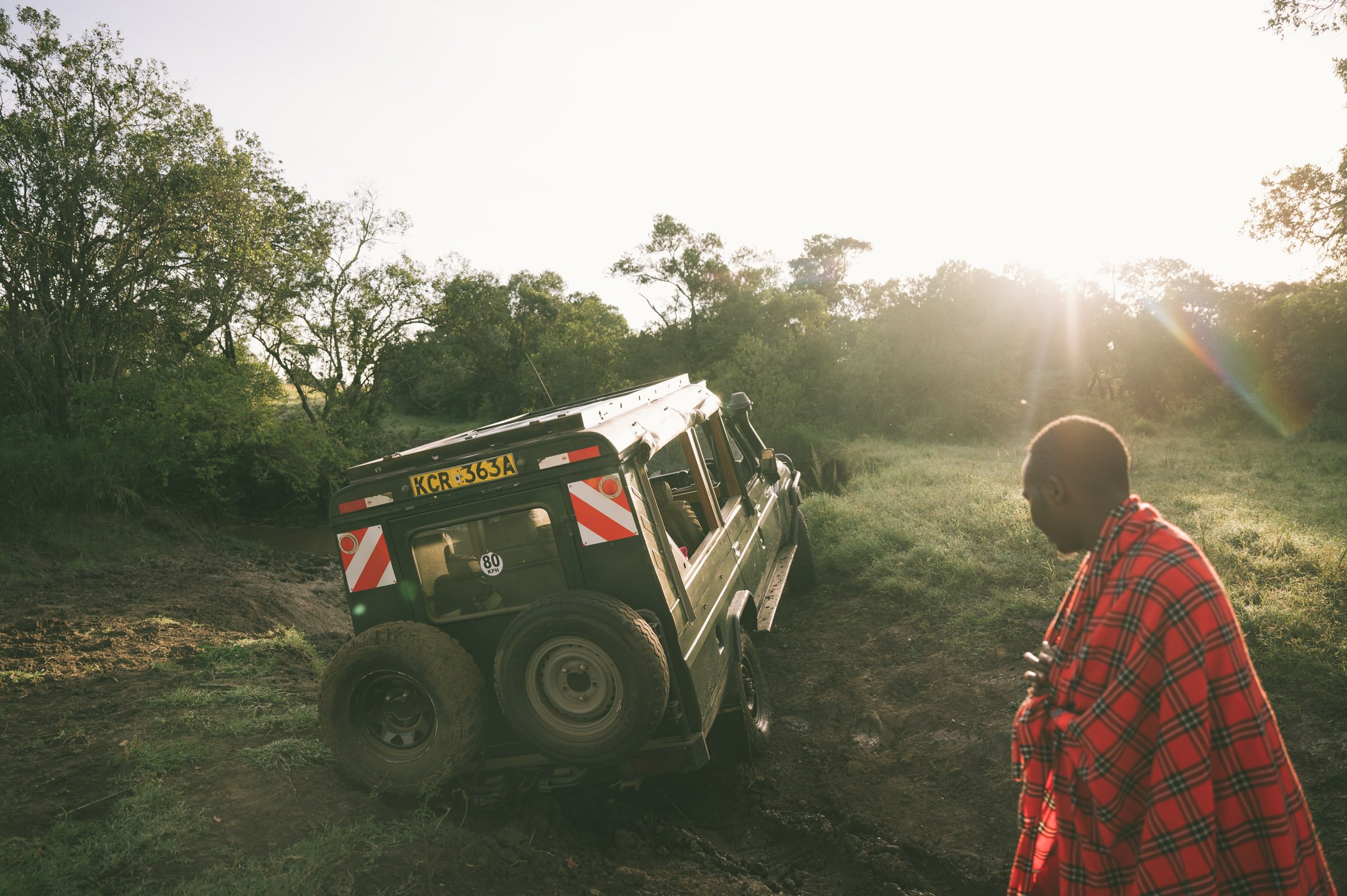 On the way to the leopard we got stuck in the mud – after it had rained more than usual in January.
On the way to the leopard we got stuck in the mud – after it had rained more than usual in January.
Luckily another car was just minutes away and pulled us out!
January in the Maasai Mara: the low season
With each day we spend in the Mara the ground dries up more and with the sunshine the scenery changes. It’s a spectacle of colours and light. The temperatures are also wonderful in January, it’s nice and fresh at night and warm and dry during the day.
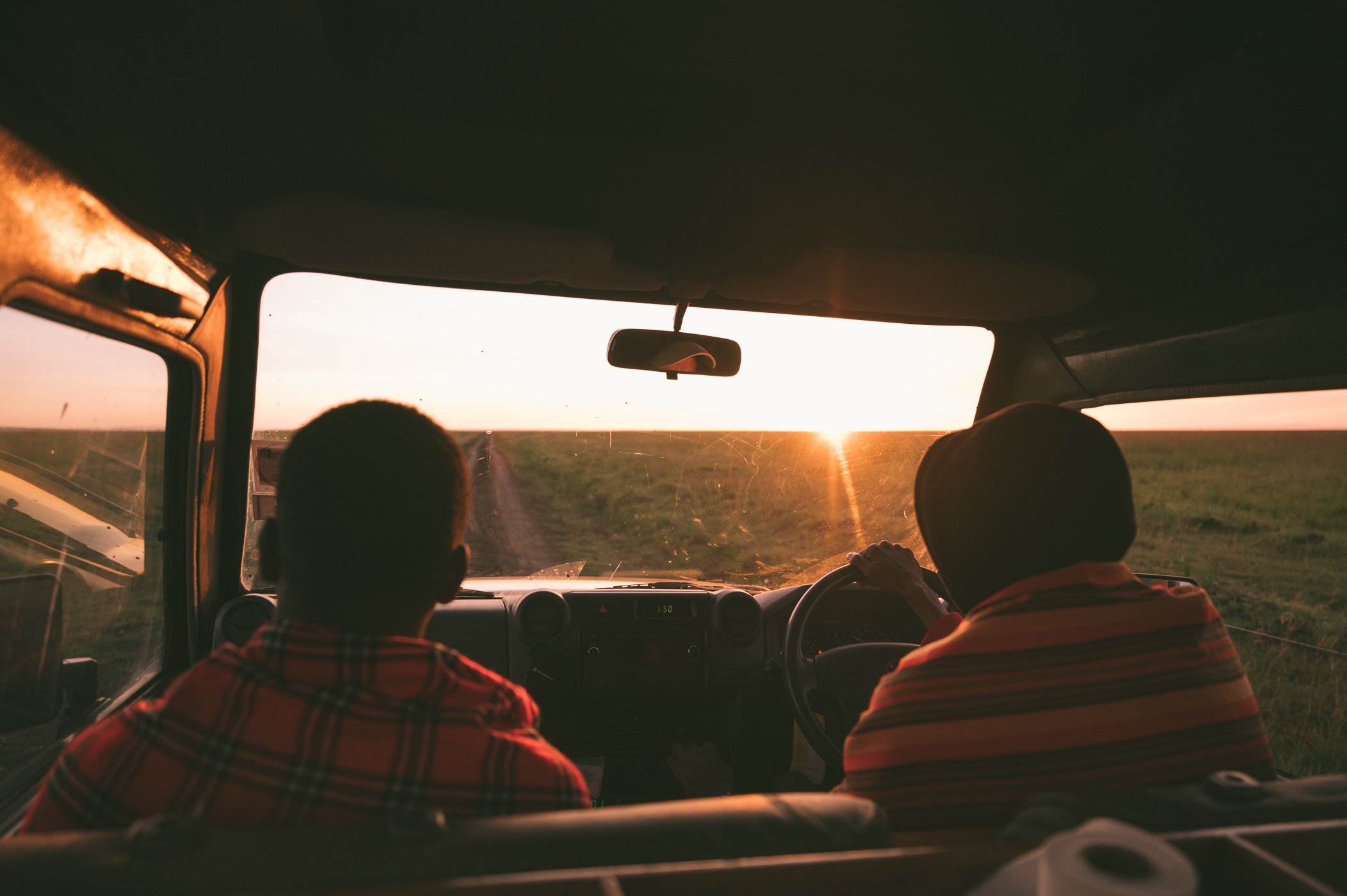 We are lucky enough to have incredible weather – January is usually a dry month here in the Maasai Mara
We are lucky enough to have incredible weather – January is usually a dry month here in the Maasai Mara
Yet, generally speaking, January isn’t the preferred month for visitors, because the great migration has passed and all the huge herds have returned South to the Serengeti in Tanzania. And with them gone the grass starts to grow long and tall, covering much of the plains and making it harder to spot wildlife (especially the sought-after predators). Having said that we had so many great wildlife encounters and enjoyed them in relative solitude.
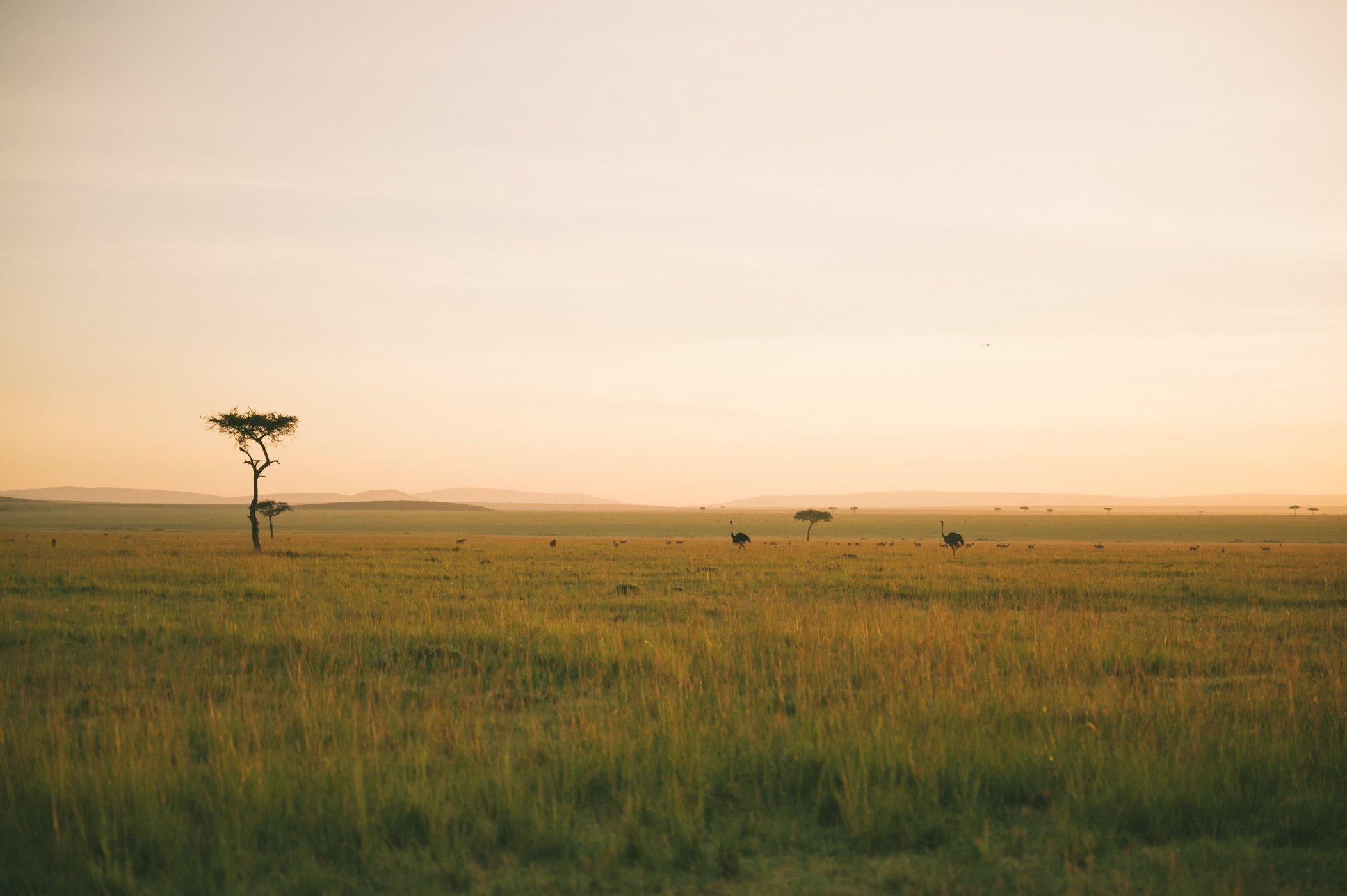 This is how the Maasai Mara looks in January – long grass covering the plains.
This is how the Maasai Mara looks in January – long grass covering the plains.
How busy does it get in the Maasai Mara?
The only glimpse of how busy the Mara can get like is during our leopard encounter. The leopard we saw is quite a famous female called “Kaboso” and was surrounded by 10 cars that morning. Our guides Benjamin & Dalton tell us that this is nothing though when compared to the high season, where a leopard sighting can easily attract 50 cars or more.
We can’t imagine such a crowded scene and are glad we were able to come during a quiet time!
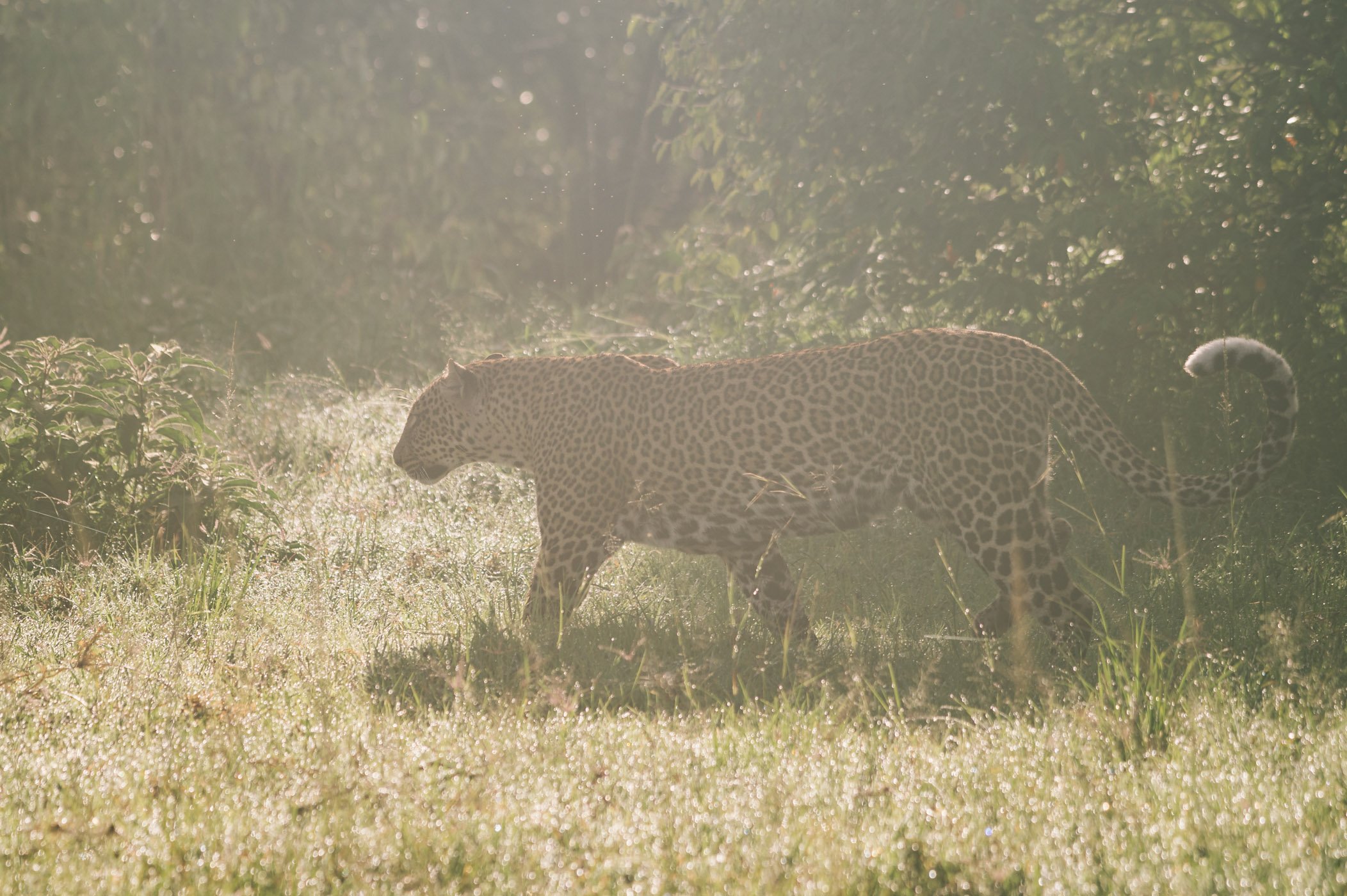
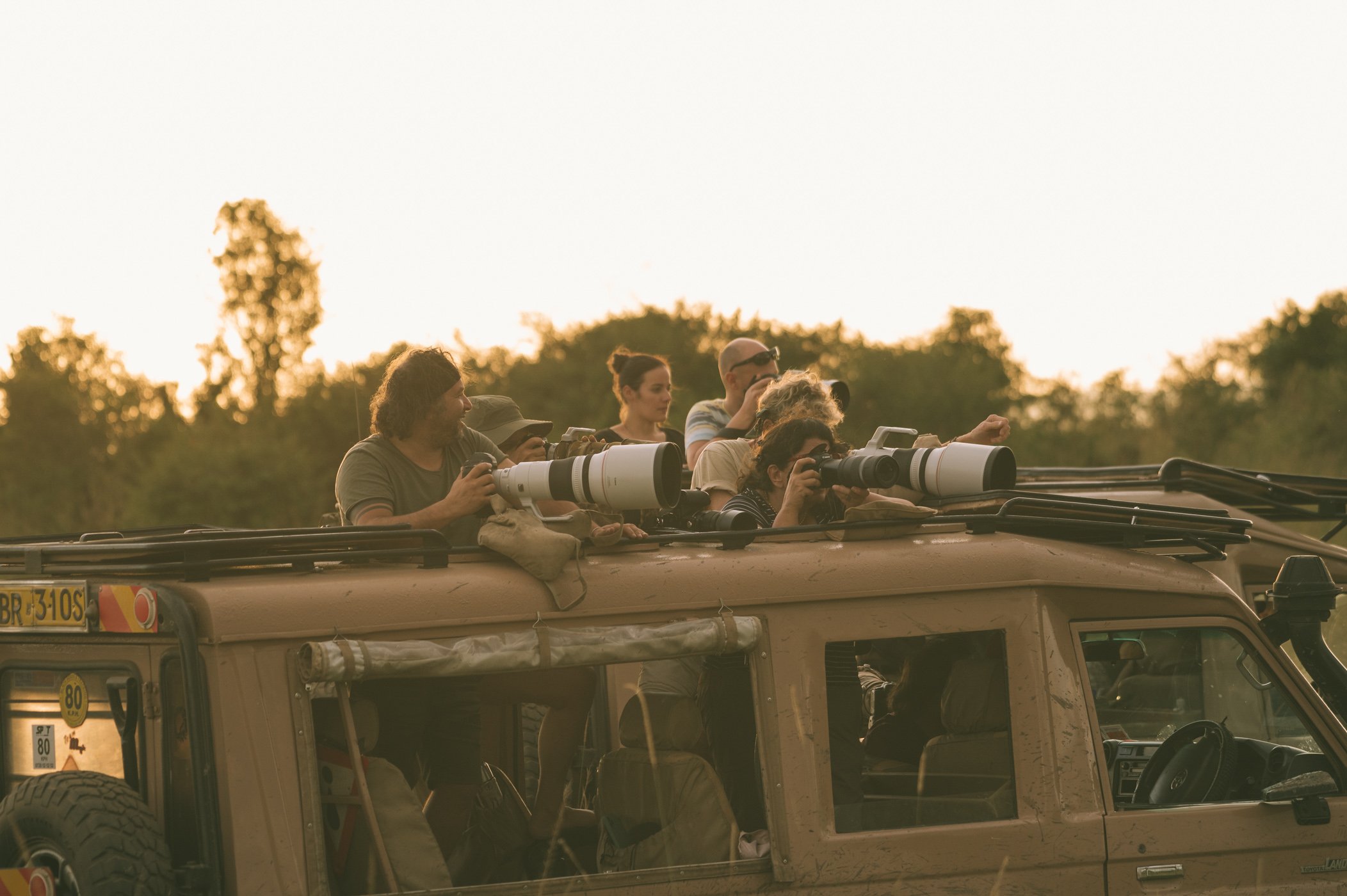 This is as busy as it gets in the Maasai Mara in January.
This is as busy as it gets in the Maasai Mara in January.
Tangulia Mara: An authentic camp
Apart from choosing the right season it’s also a challenge to choose the right camp or lodge in the Maasai Mara. The offer is huge (the guides couldn’t even tell us how many camps and lodges there are in the region). So basically there’s a lodge for each taste. We tested three different lodges in the Maasai Mara and Tangulia was definitely the most authentic camp.
If you are truly interested in Maasai culture (apart from touristy dance recitals) this is the place to choose.
At the edge of the Mara river and a salt lick
The camp itself is located at the edge of a salt lick and a river bend of the Mara river – but outside of the National Reserve. This has it’s advantages and disadvantages. The salt lick is a draw for wildlife (from giraffes to elephants & zebras – everyone is feeding on minerals throughout the day) and the location outside of the reserve means that the guides can also drive off road if needed. The disadvantage is of course, that you have to drive a bit to get inside the reserve. We’re not talking long drives and those will also usually contain some wildlife encounters, as the animals don’t really care about the borders of the reserve and it is not fenced off.
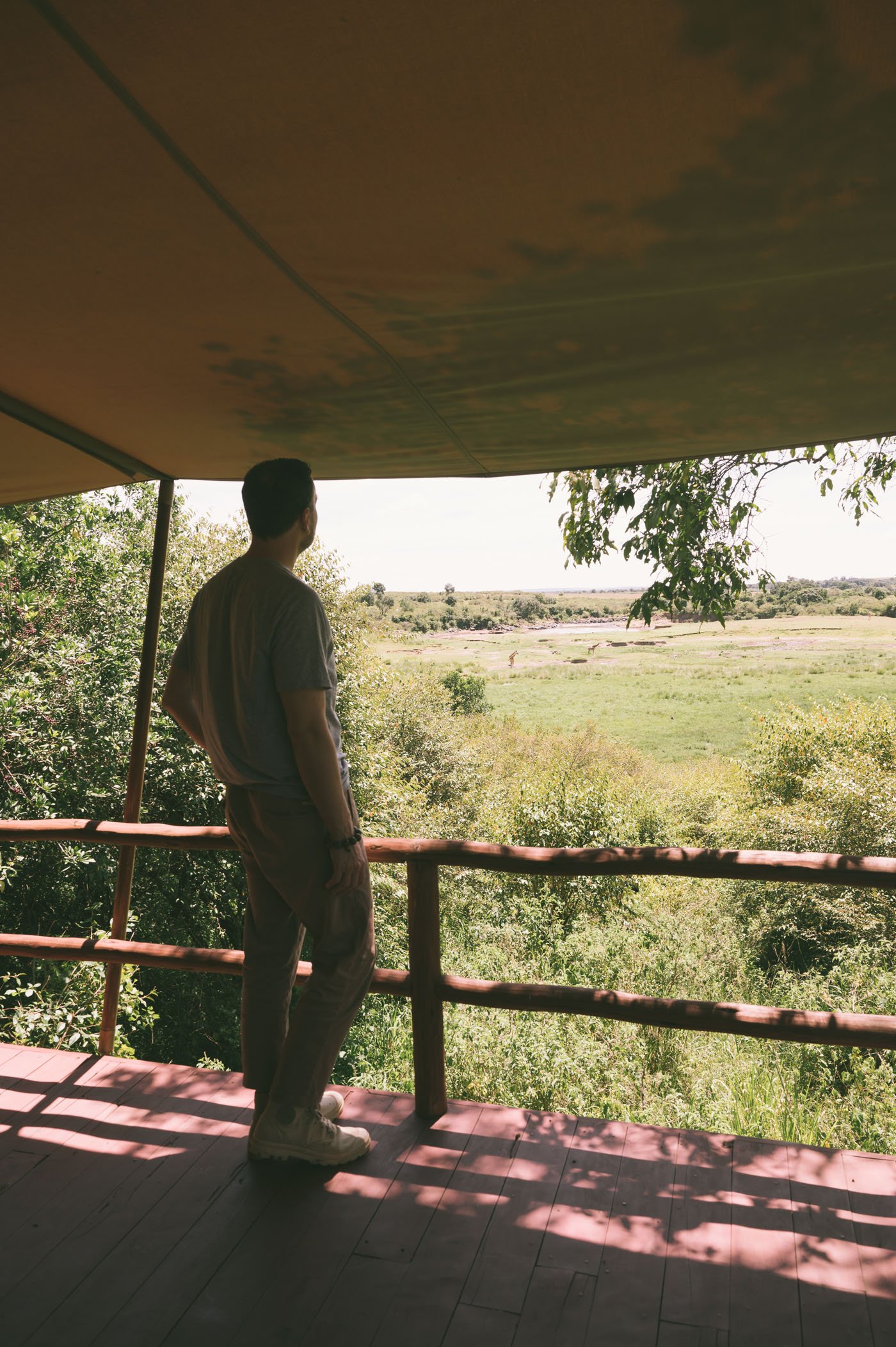
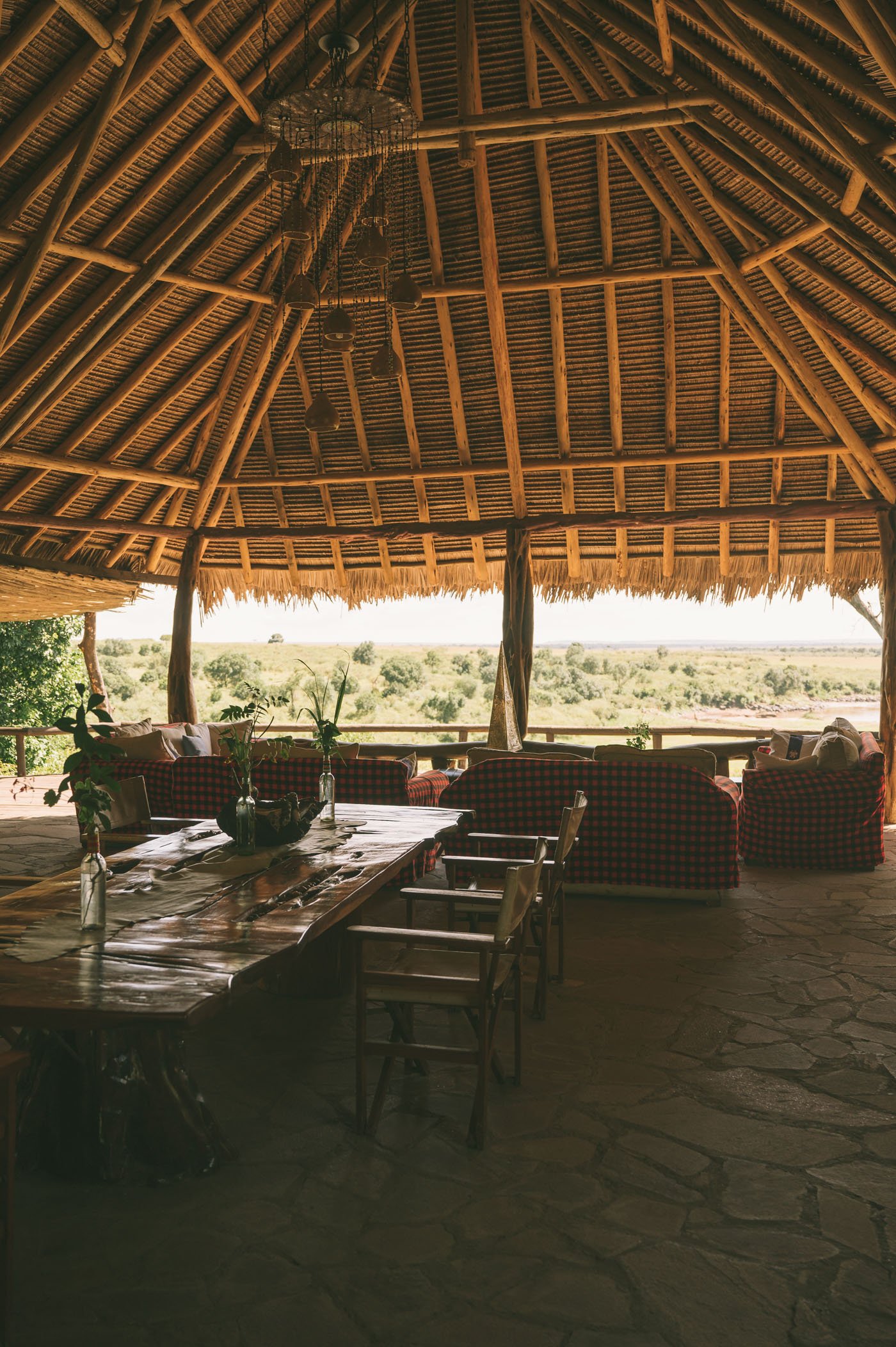
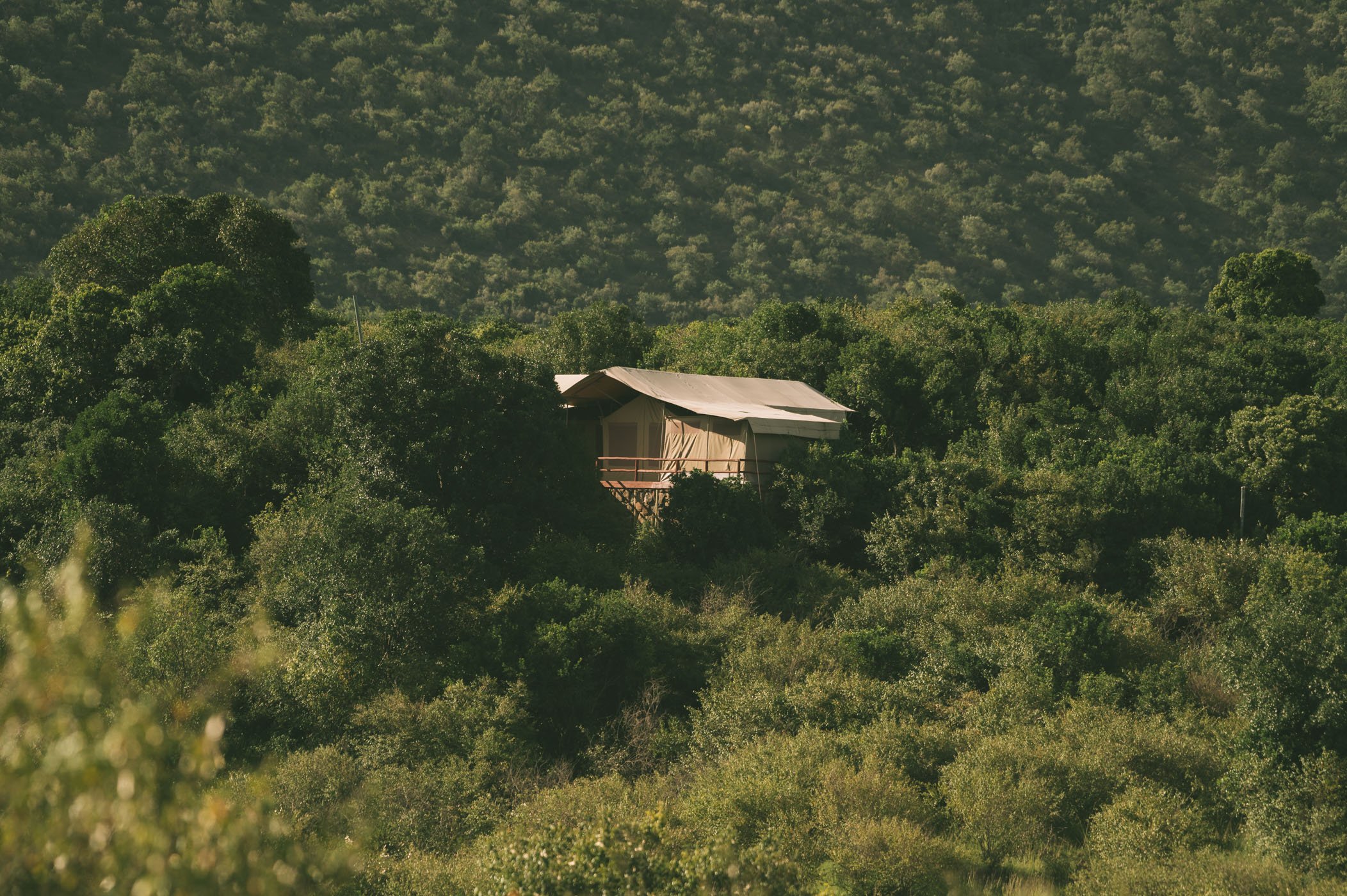 The location of Tangulia Mara is between the Maasai Mara National Reserve and the Mara North Conservancy.
The location of Tangulia Mara is between the Maasai Mara National Reserve and the Mara North Conservancy.
The rooms at Tangulia Mara
The rooms are built on stilts at the edge of the salt lick on wooden plateaus and then covered by tarpaulin. Calling them tents wouldn’t be fair, as they are actually spacious and firmly constructed, but still give you a bit of the feeling of sleeping in a tent. Of course these tents come with hot showers, water toilets, two sinks, refrigerators – so all the amenities you would look for in a normal hotel room.
Maasai culture – without the spectacle
Evenings are spent with the Tangulia team at the fireside – chatting and learning about each other’s culture. There’s no showmanship here, just human connections being made and that’s the key element of success, making Tangulia mara unique & worth a stay.
It’s not about fancy amenities, but about diving into the local culture.
How to get to Tangulia Mara
We flew to the Mara Musiara airstrip directly – this is just a short drive away from the lodge. On the way back we boarded the plane to the Maasai Mara from the Loisaba airstrip – which is a 1 hour game drive away from Ol Malo lodge. Both airstrips are accessible with bush planes, but Loisaba offers more frequent connections with Air Kenya.
Tangulia Mara
- Mara Rianta, Kenia
- Starting at 730 US$ per person
- Includes full board, all activities, free laundry service, pick-up from airstrip
How to book your stay at Tangulia Mara
We booked our Kenya safari through Austrian tour operator “Pinto Africa“, who specialise in sustainable, eco-friendly safaris. They always work together with local incoming agencies to provide a well-balanced itinerary, that also supports the local communities, small boutique owner-run lodges and conservation. In Kenya they work with “Bush & Beyond”, who represent all the lodges we stayed at (The Emakoko, Lewa House, Ol Malo & Tangulia Mara). We would highly recommend booking your Kenya safari with an expert (read more about why we recommend this here).

